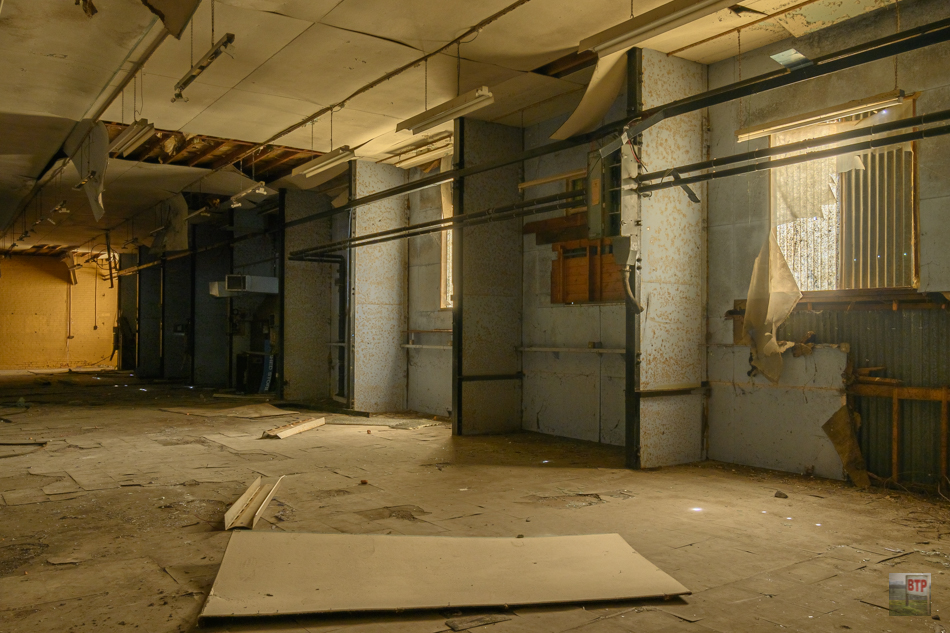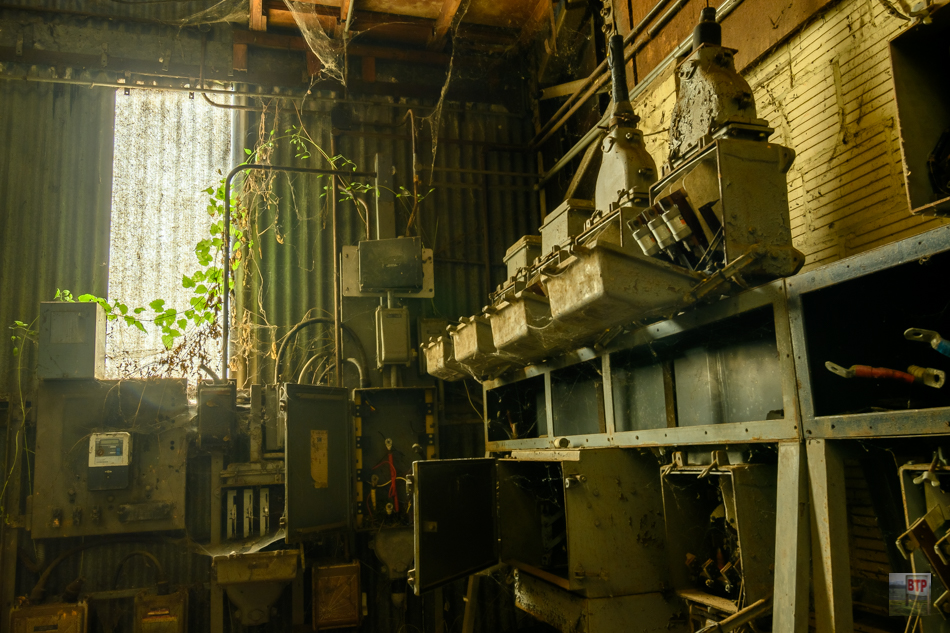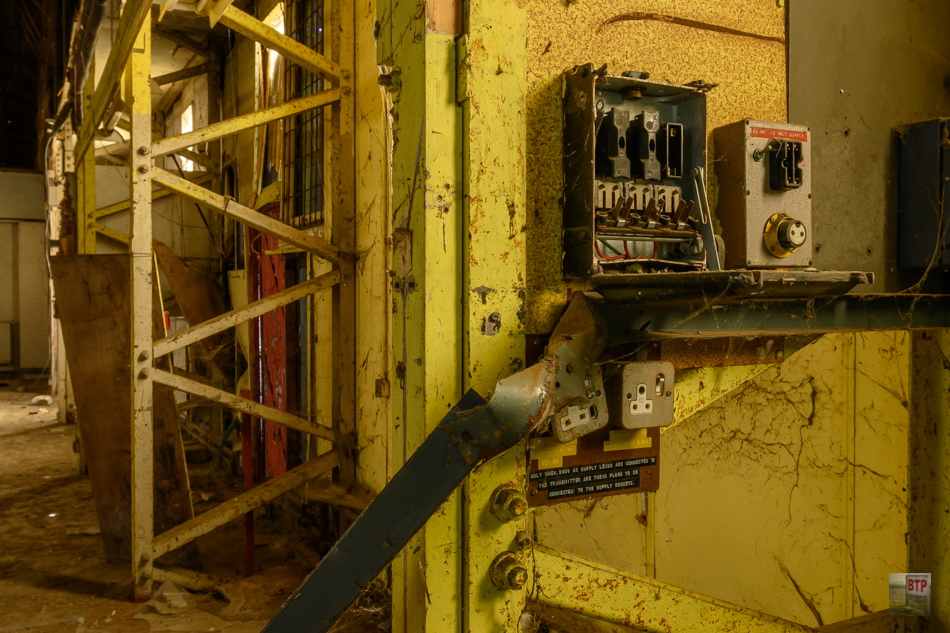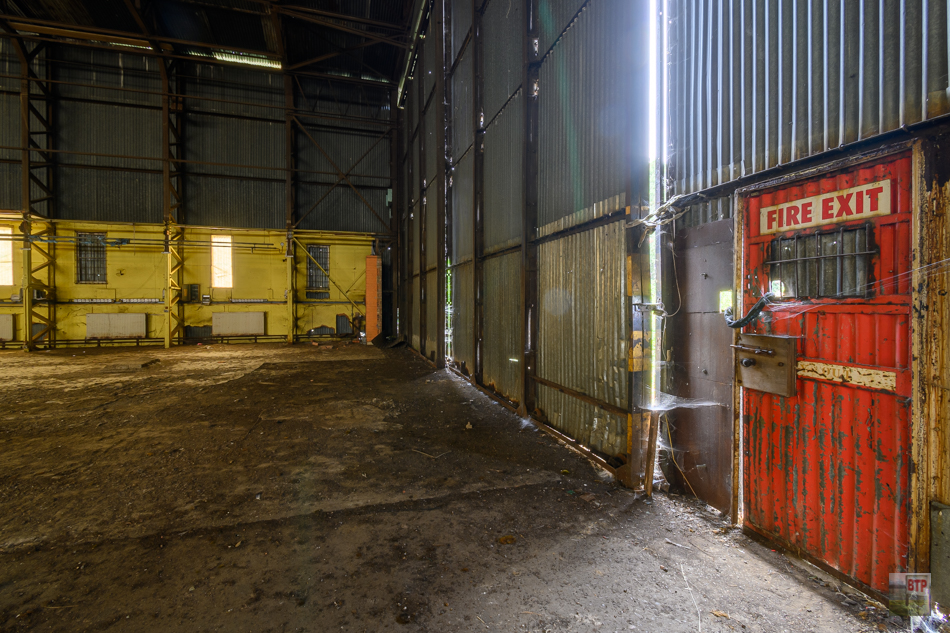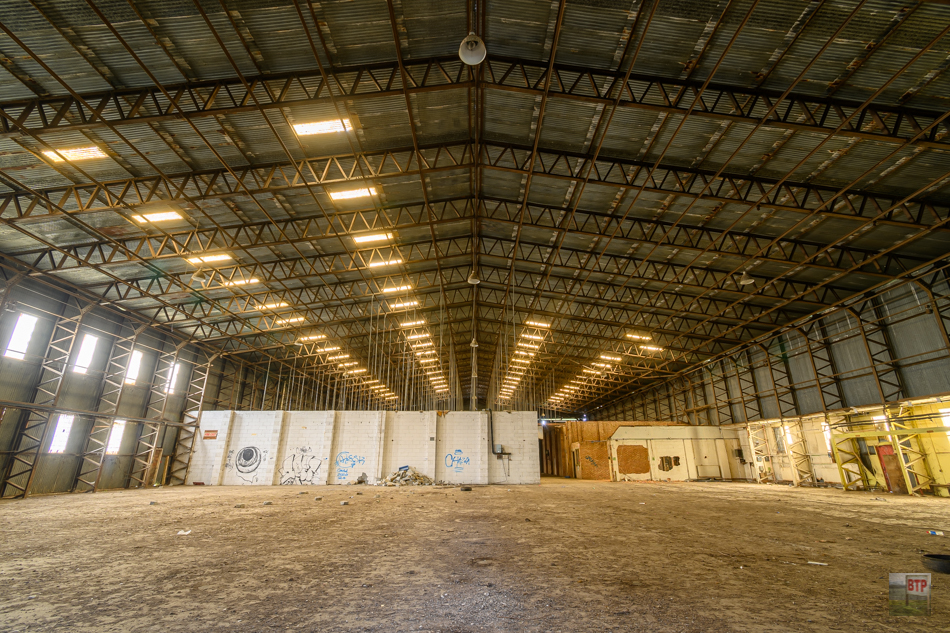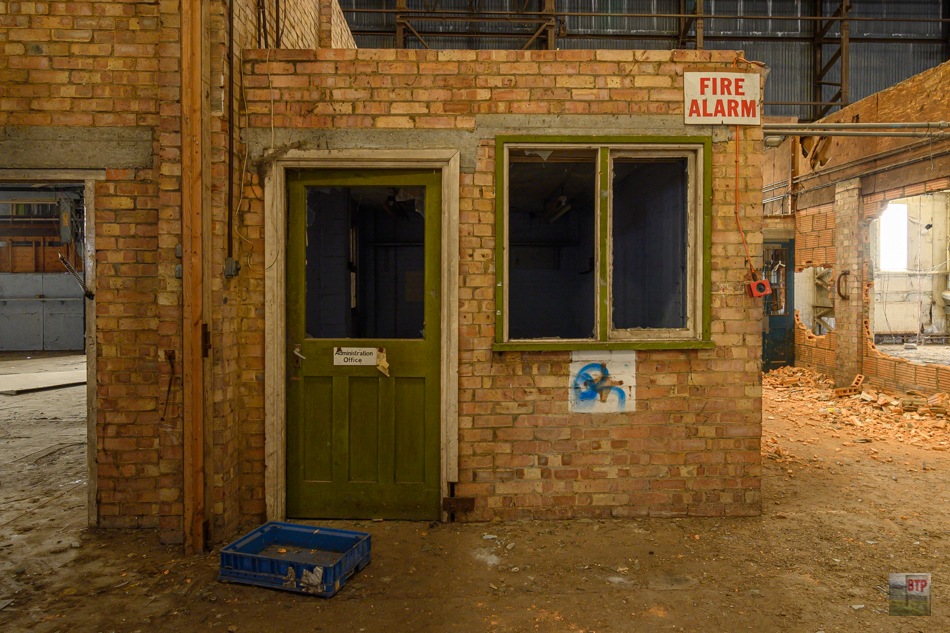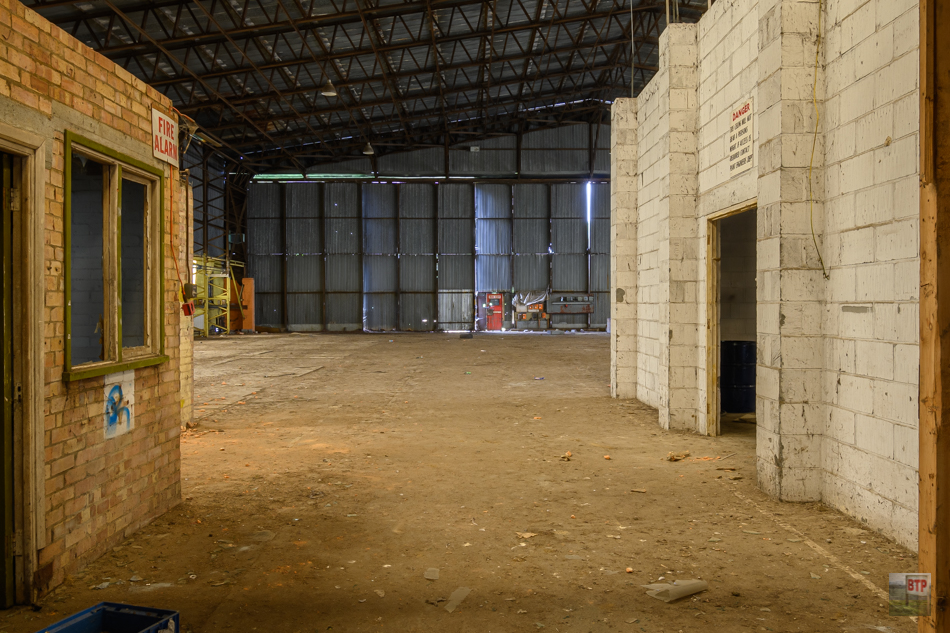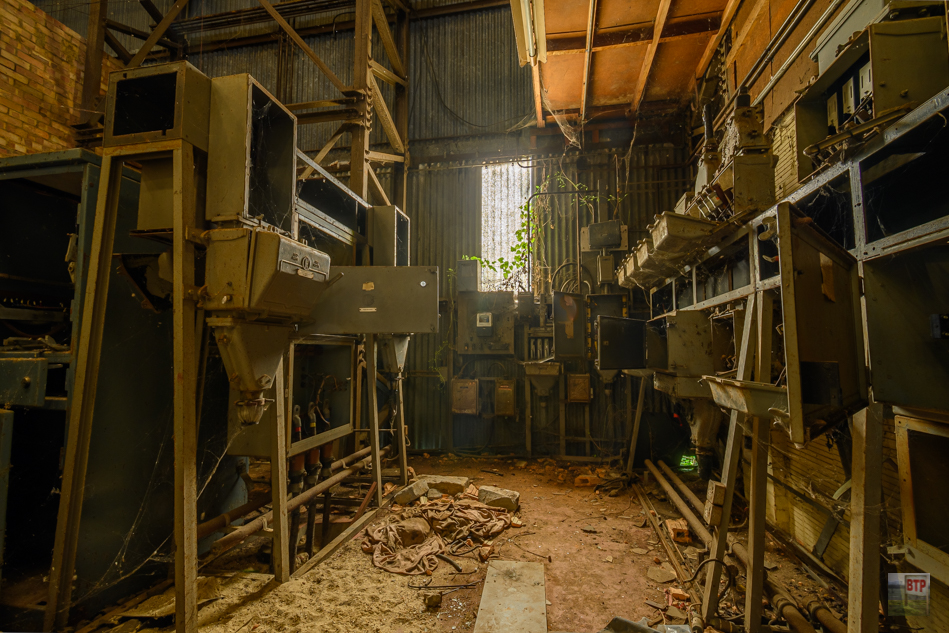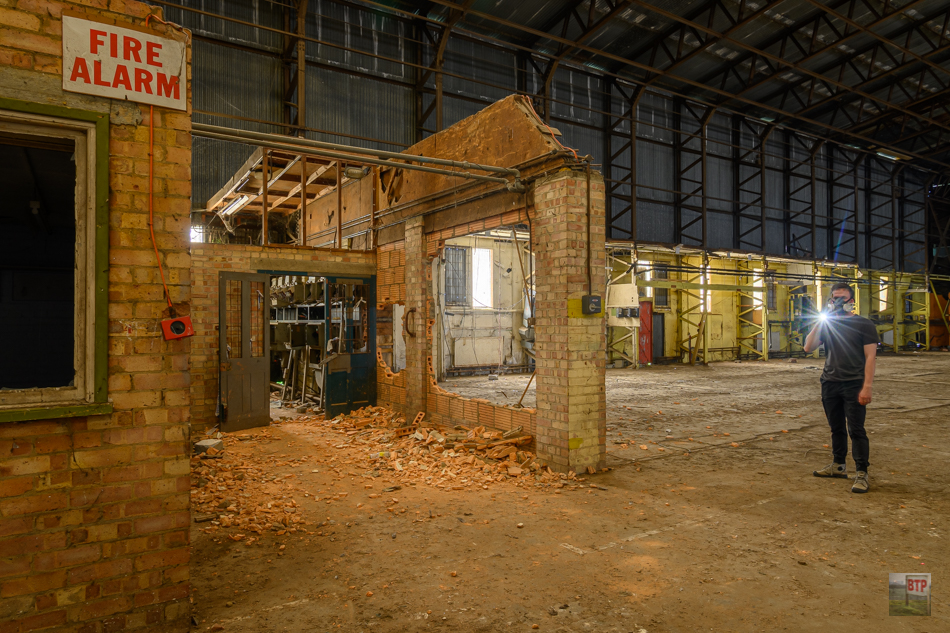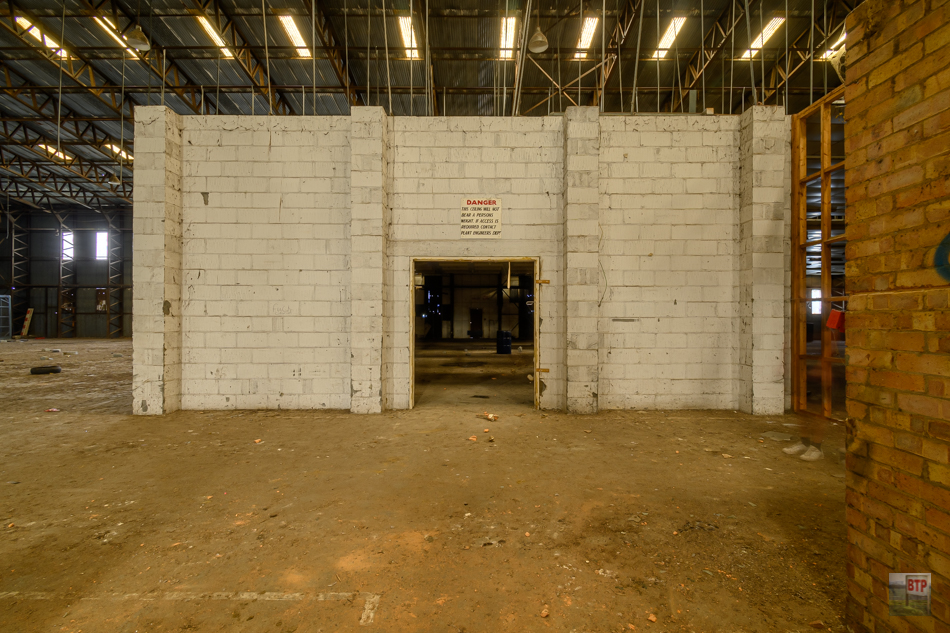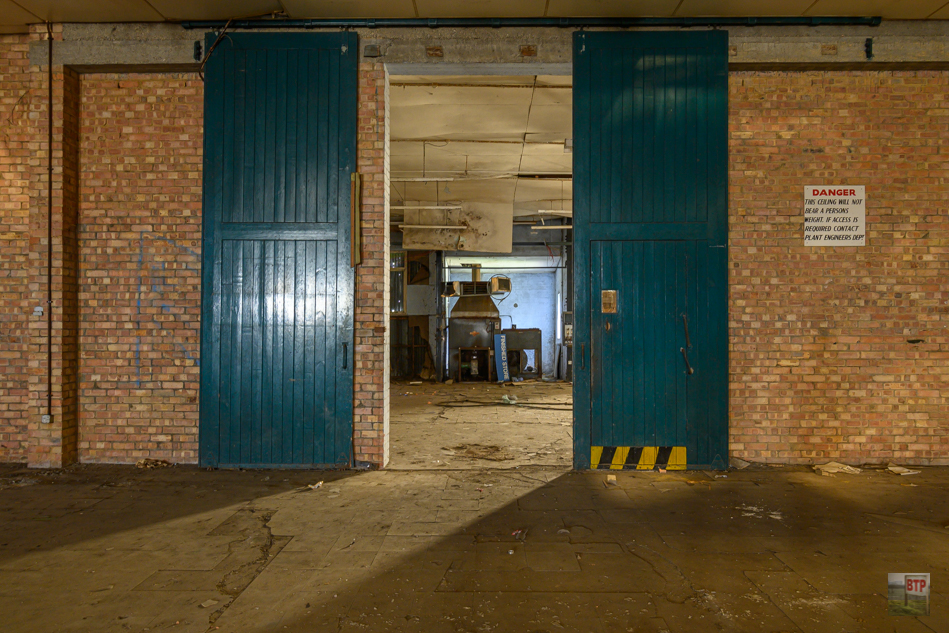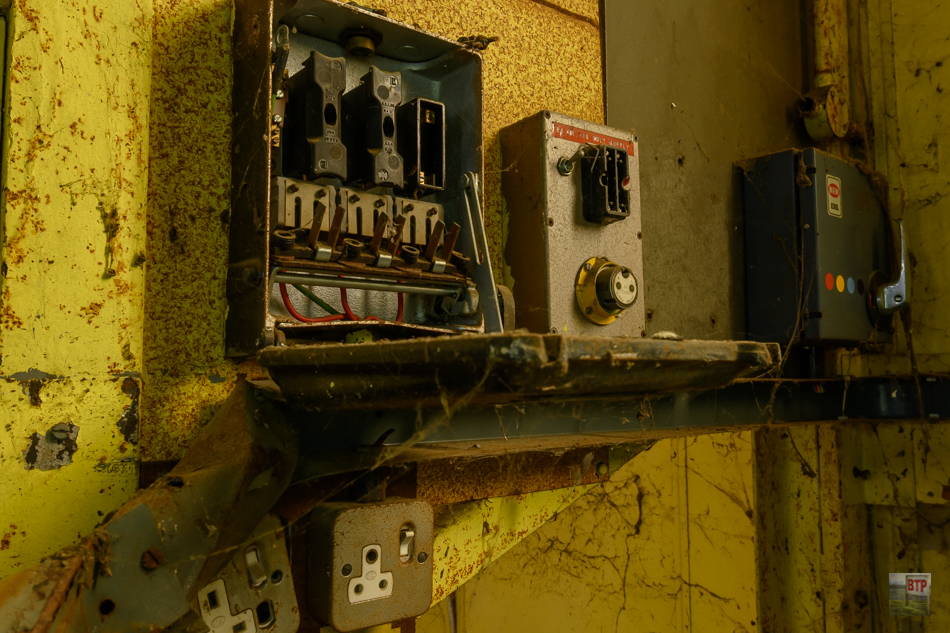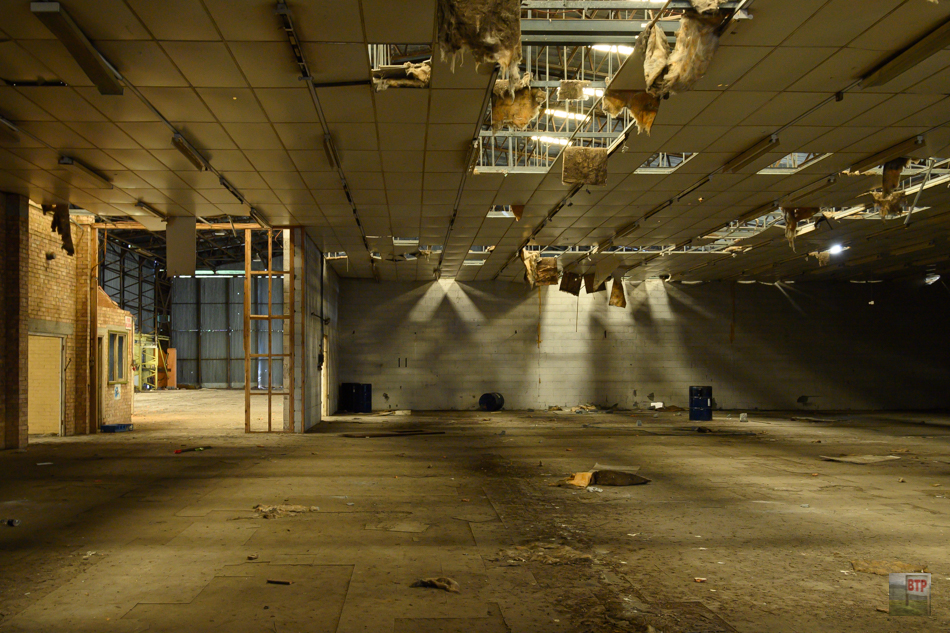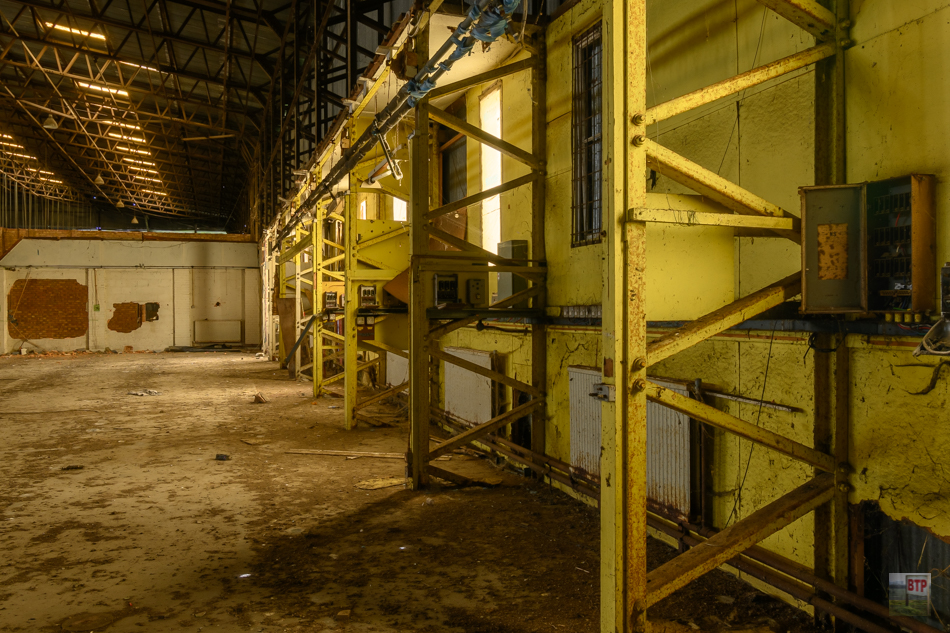Opened in 1943, Rivenhall was used by both the Royal Air Force and United States Army Air Force. During the war it was used primarily as a combat airfield with various fighter and bomber units based there. In was closed following the end of the the war in 1946 although it was kept in reserve for a following 10 years. Rivenhall, for a time, was used to house Polish servicemen released from PoW camps who did not want to return to their homeland. Marconi leased much of the site after this time.
Construction of the site began in early 1943 with the runways, perimeter and hard standings being built by Messrs W. & C. French and the buildings by Bovis Limited. Building progress was slow during the autumn and winter of 1943, so much so that much of the accommodation and support installations were uncompleted when the first units of the USAAF arrived. The airfield, like others in the grouping, had first been allocated to the Eighth Air Force for heavy bomber use and eventually re-assigned to the 3rd Bombardment Wing which became the nucleus of IX Bomber Command.
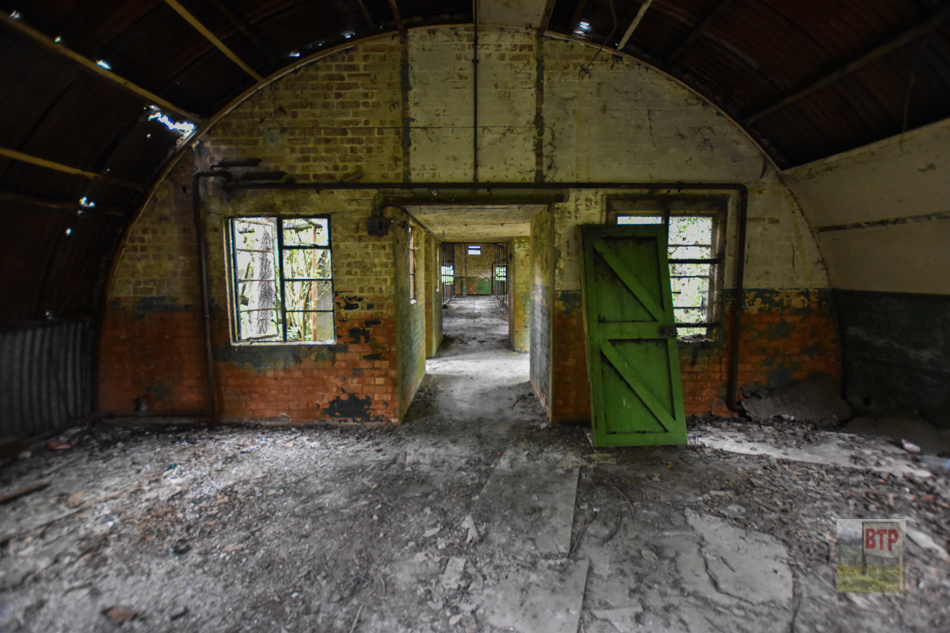
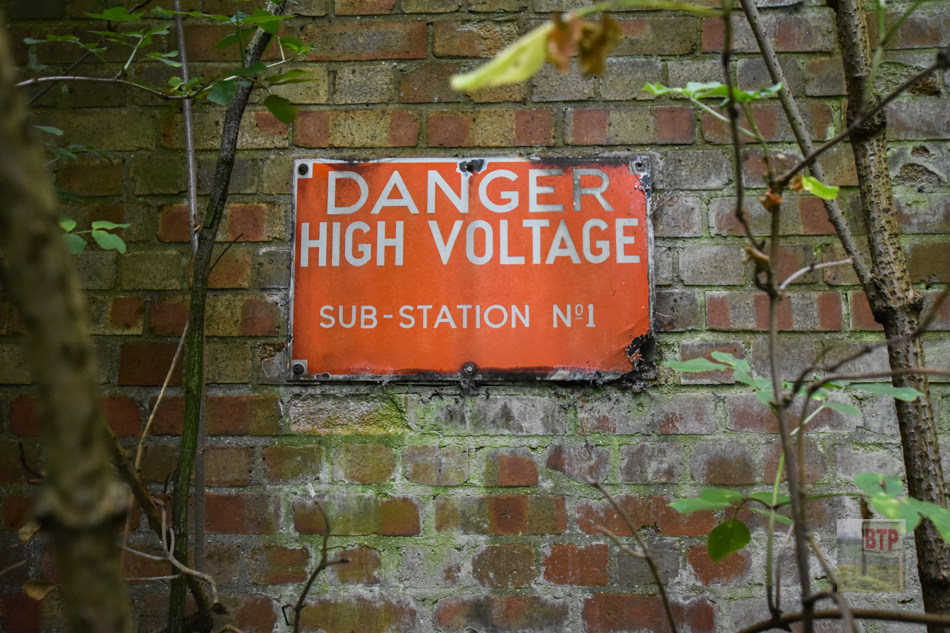

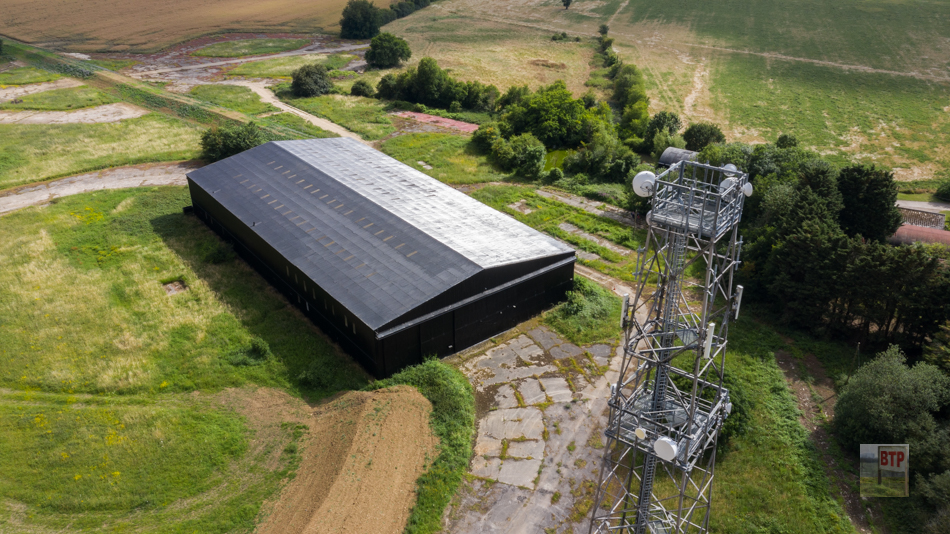
The airfield was built to the ‘Class A airfield’ standard consisting of three runways of 6,000 ft, 4,200 ft and 4,200 ft. 51 “Loop” type hardstands were constructed connecting to an enclosing perimeter track, of a standard width of 50 feet. The ground support station was constructed largely of Nissen huts (rounded one) of various sizes mostly on the south side of the airfield. The support station was where the group and ground station commanders and squadron headquarters and orderly rooms were located. Also on the ground station were where the mess facilities, chapel, hospital, armory and bombsite storage and many more things including life support, parachute rigging and airfield security – all of which were ground support functions necessary to support the air operations of the group. These facilities were all connected by a network of single path support roads.
The main runway that remains today. I believe there is another one that still remains, but the fields and crops have overgrown most of it.
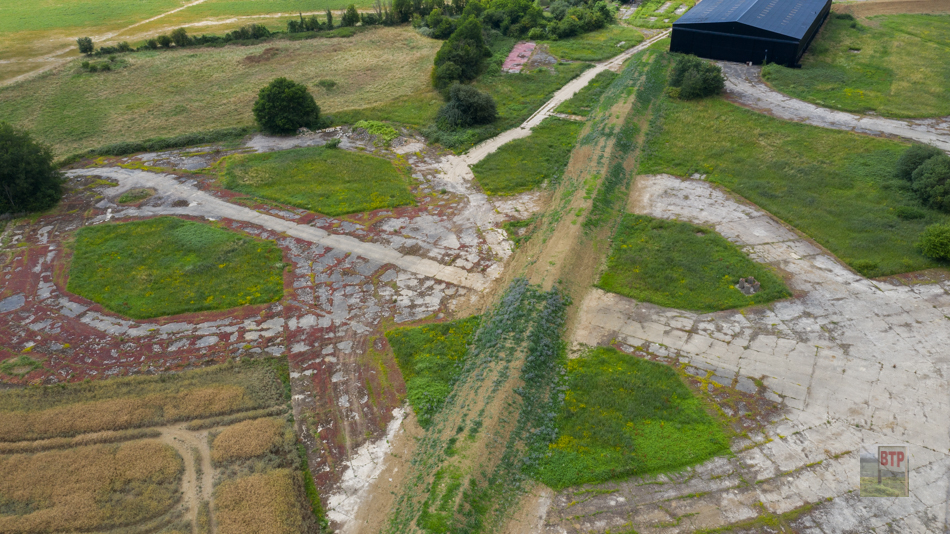
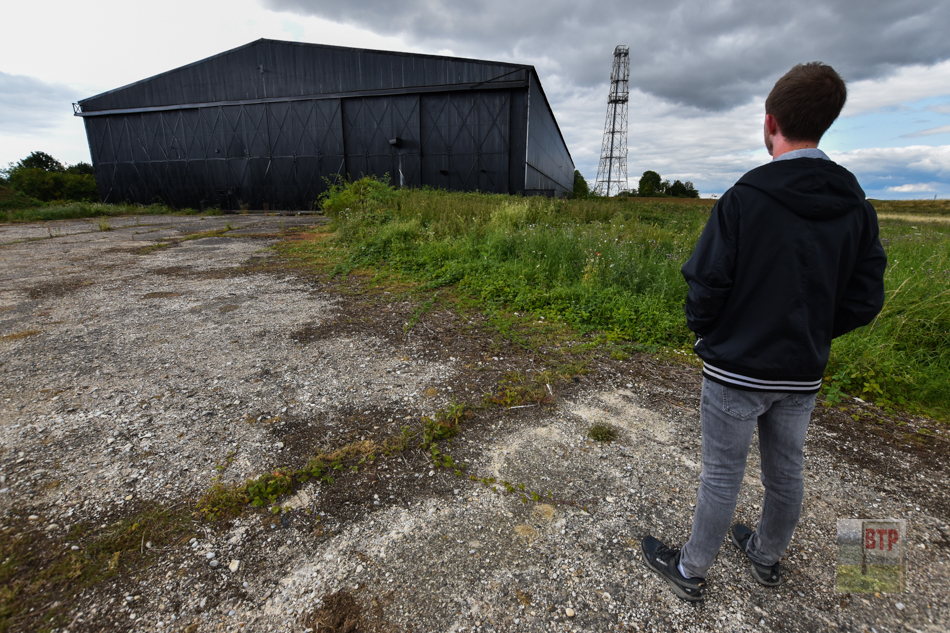
The technical site, also on the south side of the airfield, was connected to the ground station and airfield consisted of at least two T-2 type hangars and various organizational, component and field maintenance shops along with the crew chiefs and other personnel necessary to keep the aircraft airworthy and to quickly repair light and moderate battle damage. Aircraft severely damaged in combat were sent to repair depots for major structural repair.
The Ammunition dump was located on the north side of the airfield, outside of the perimeter track surrounded by large dirt mounds and concrete storage pens for storing the aerial bombs and the other munitions required by the combat aircraft. Various domestic accommodation sites were constructed dispersed away from the airfield on the south side, but within a mile or so of the technical support site, also using clusters of Maycrete or Nissen huts. The Huts were either connected, set up end-to-end or built singly and made of prefabricated corrugated iron with a door and two small windows at the front and back. They provided accommodation for 2,594 personnel, including communal and a sick quarters.
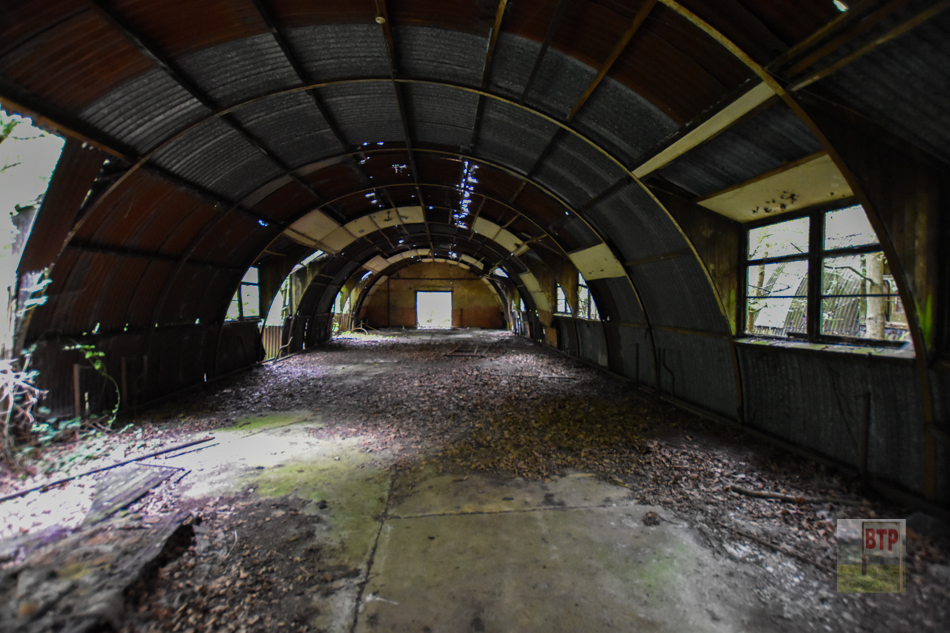
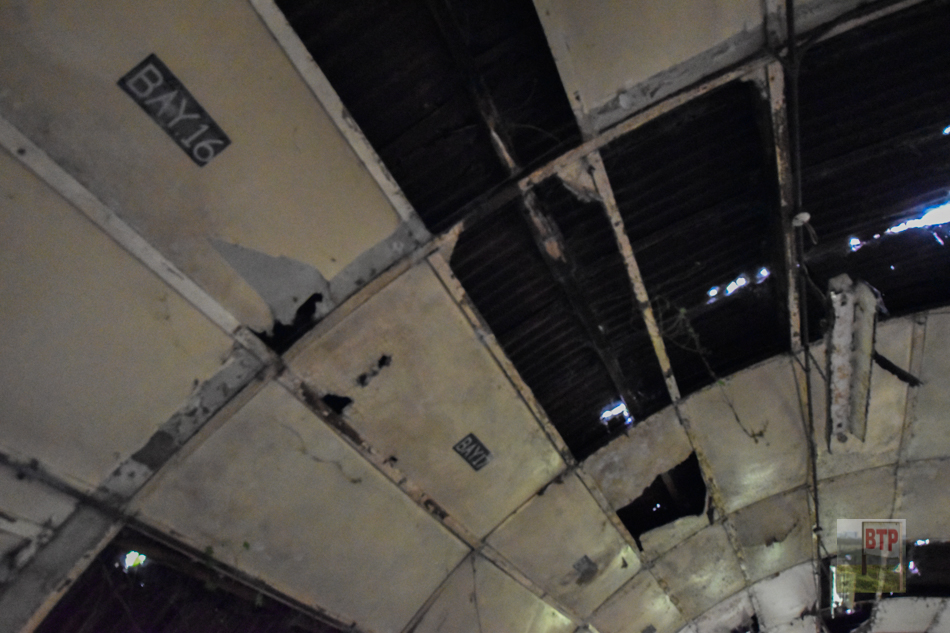
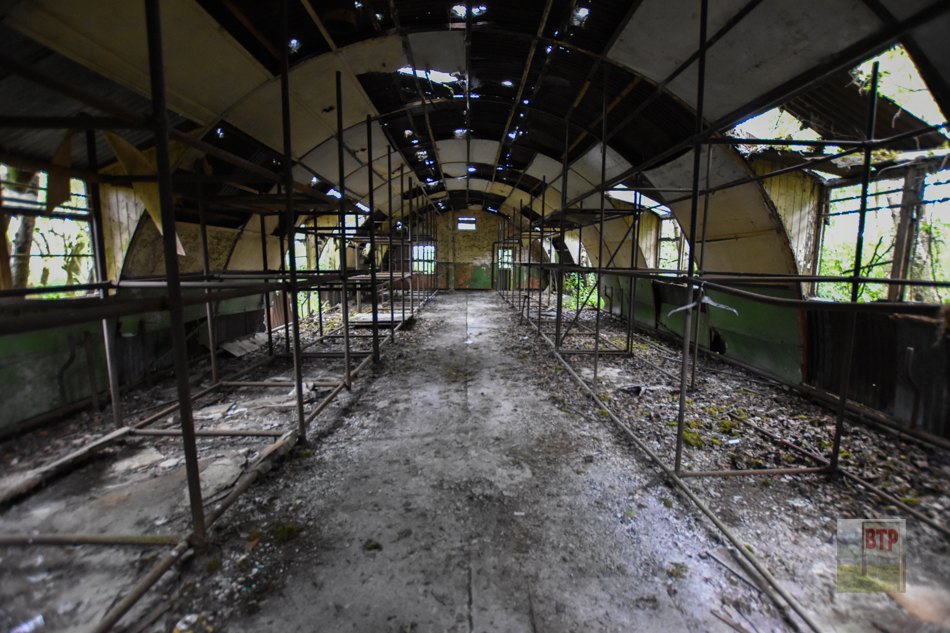
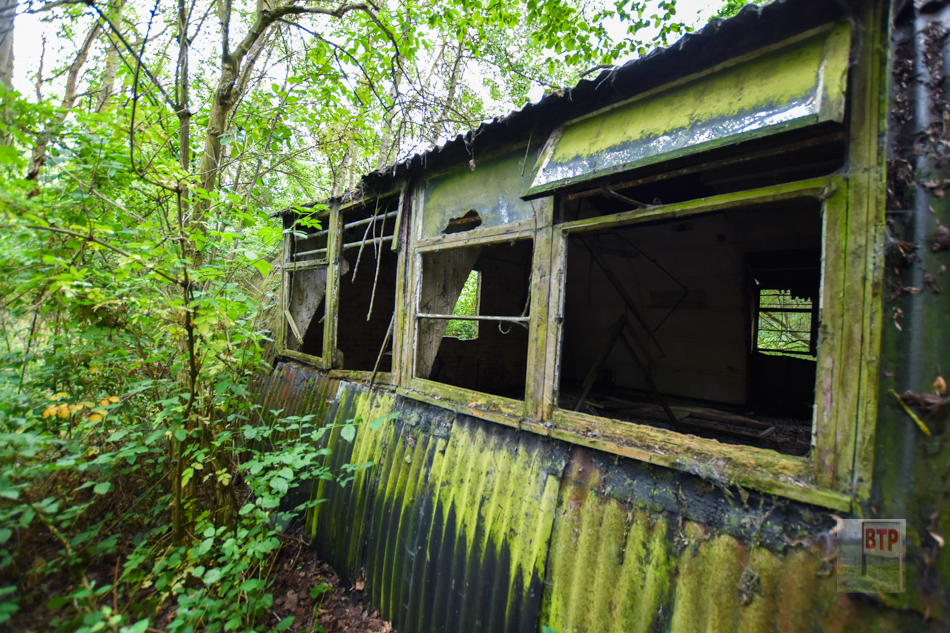
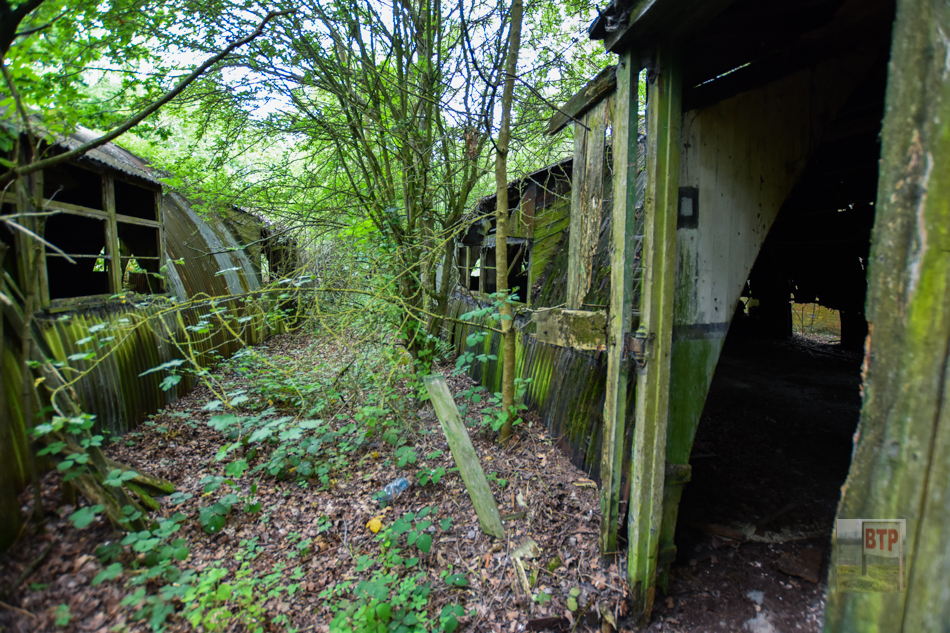
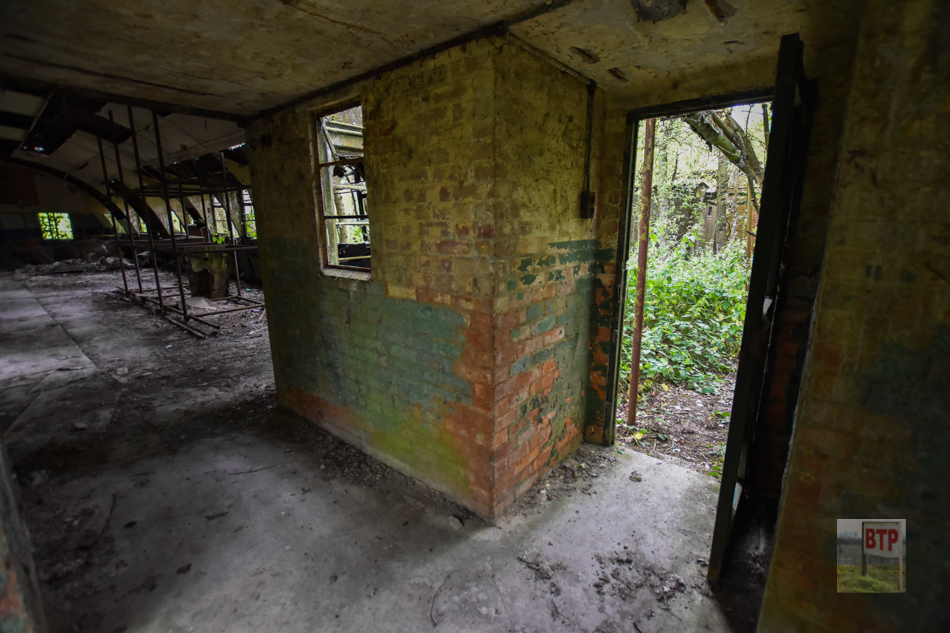
Exploring The Site
The site of the airfield is quite large with the buildings being scattered in woodland and long grass. Two hangers exist, one is listed, whilst the other is due to be demolished (Marconi modified the building, therefore making it invalid for listing) to make way for a incinerator. All other buildings next to the runway and the control tower itself have been cleared in the last few years. Down the road, off Woodhouse Lane, is a small industrial estate made up of some original converted buildings.
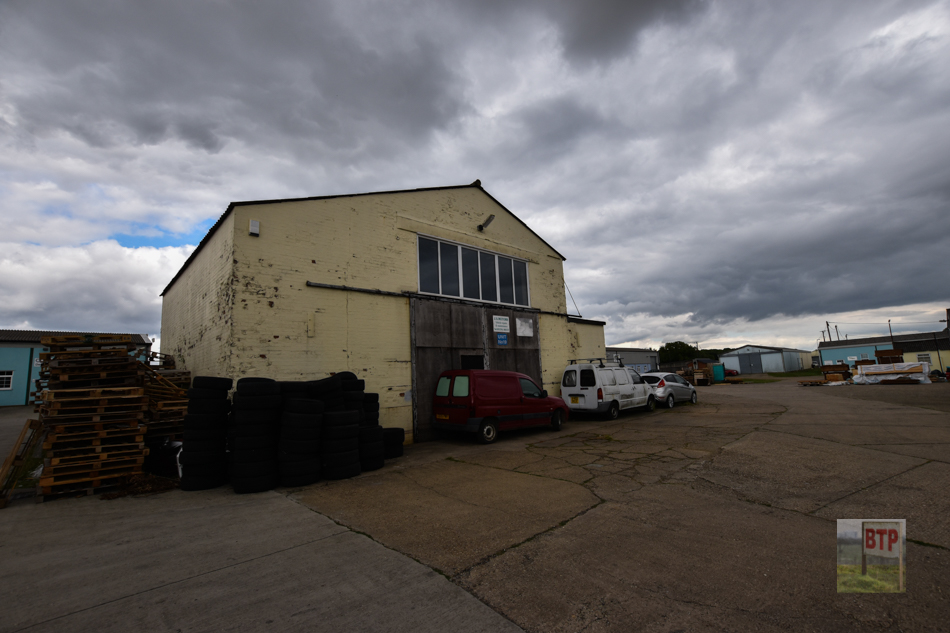
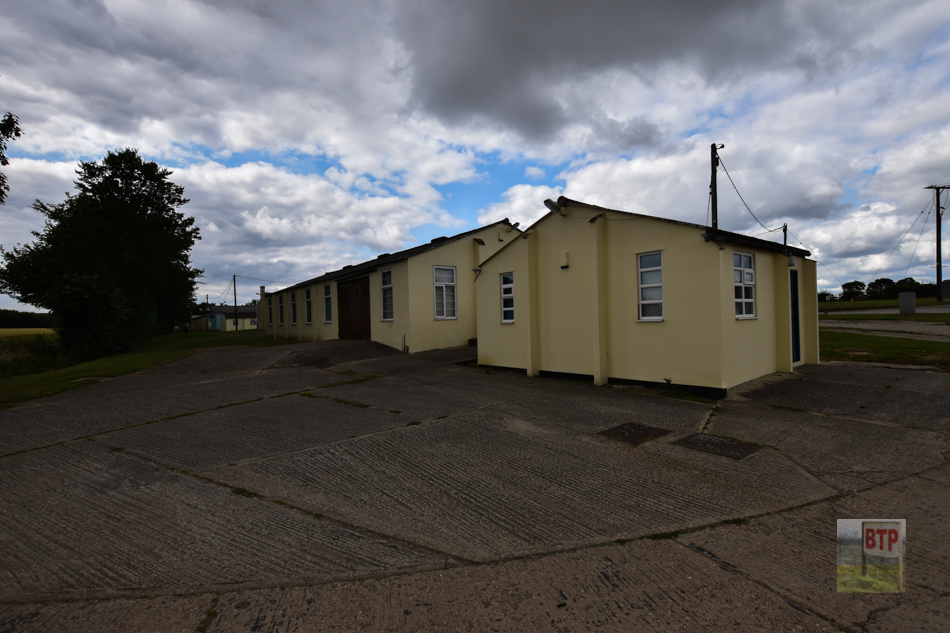
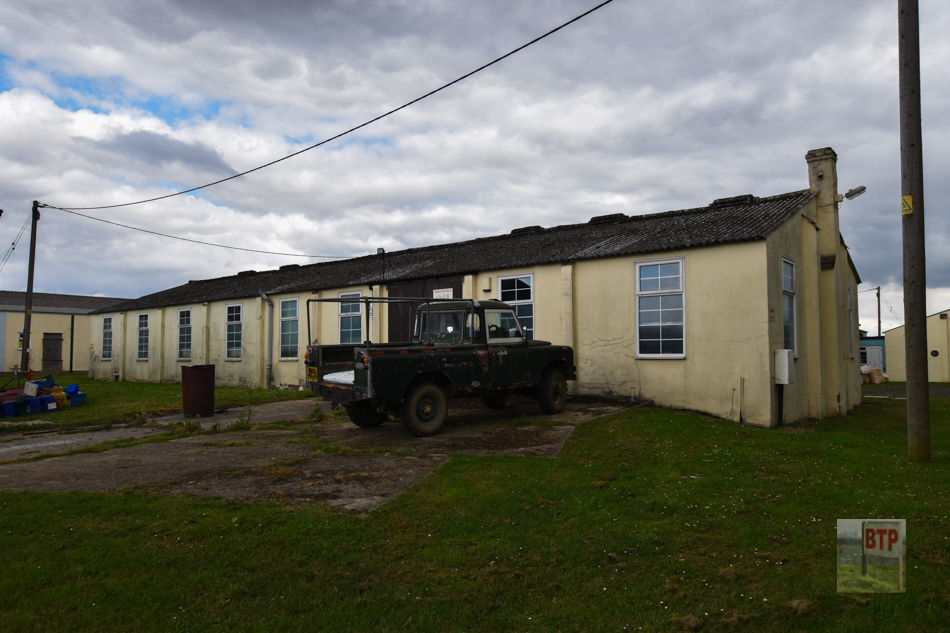
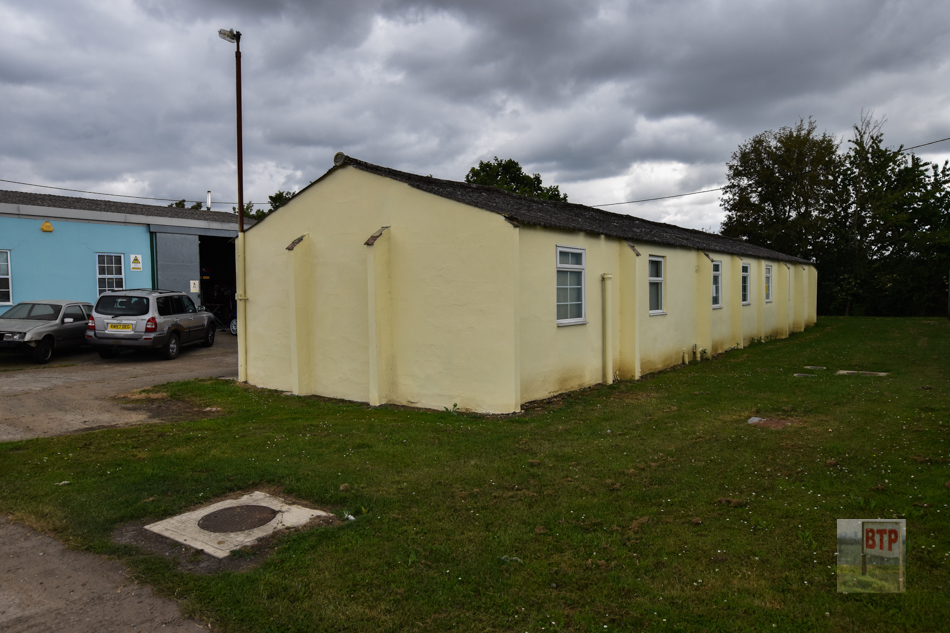
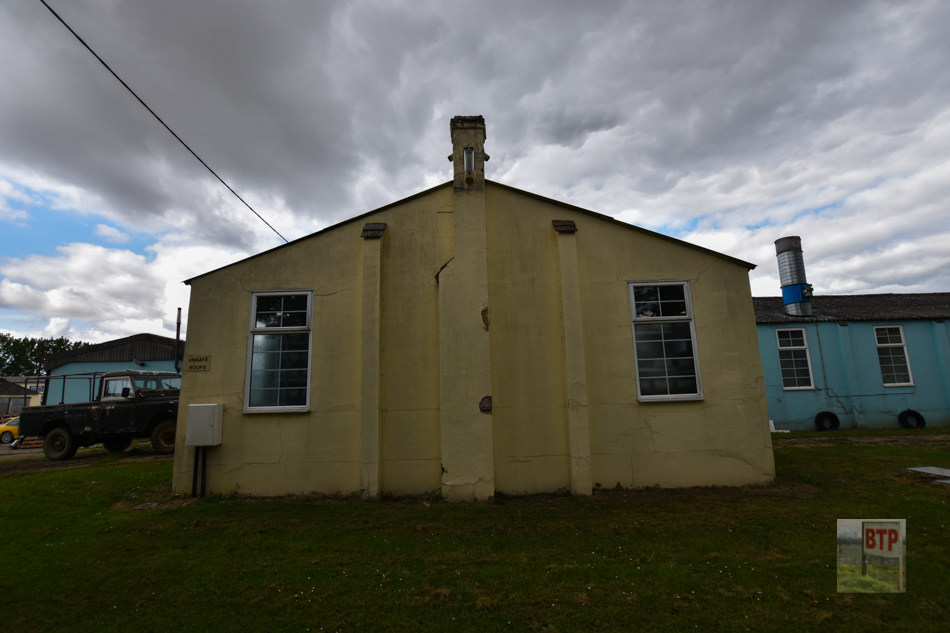
T2 Hangar and Track – 2012
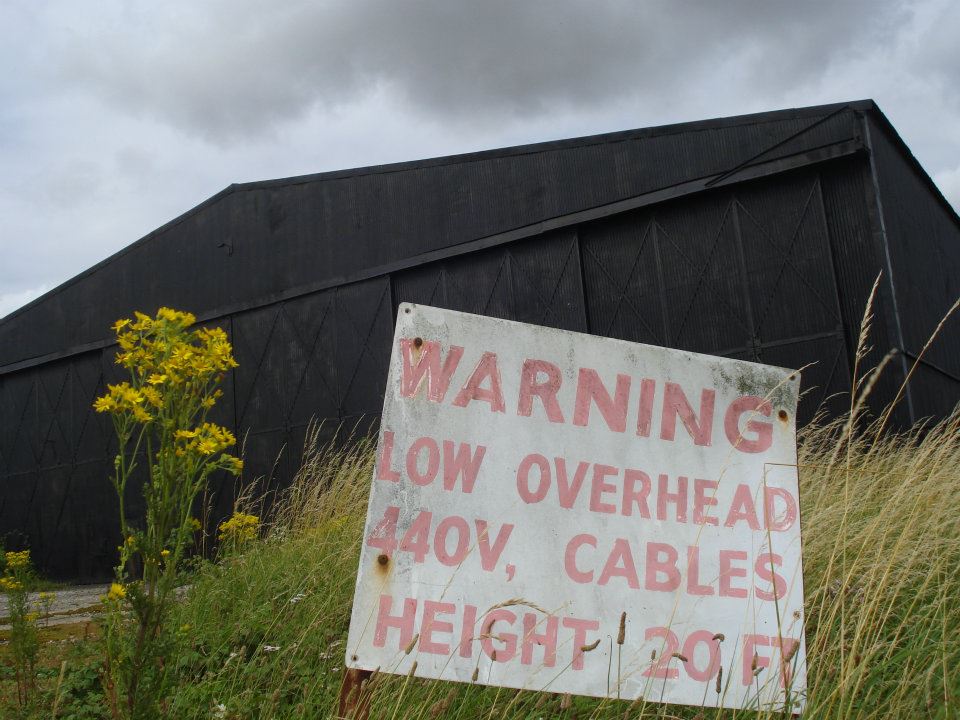
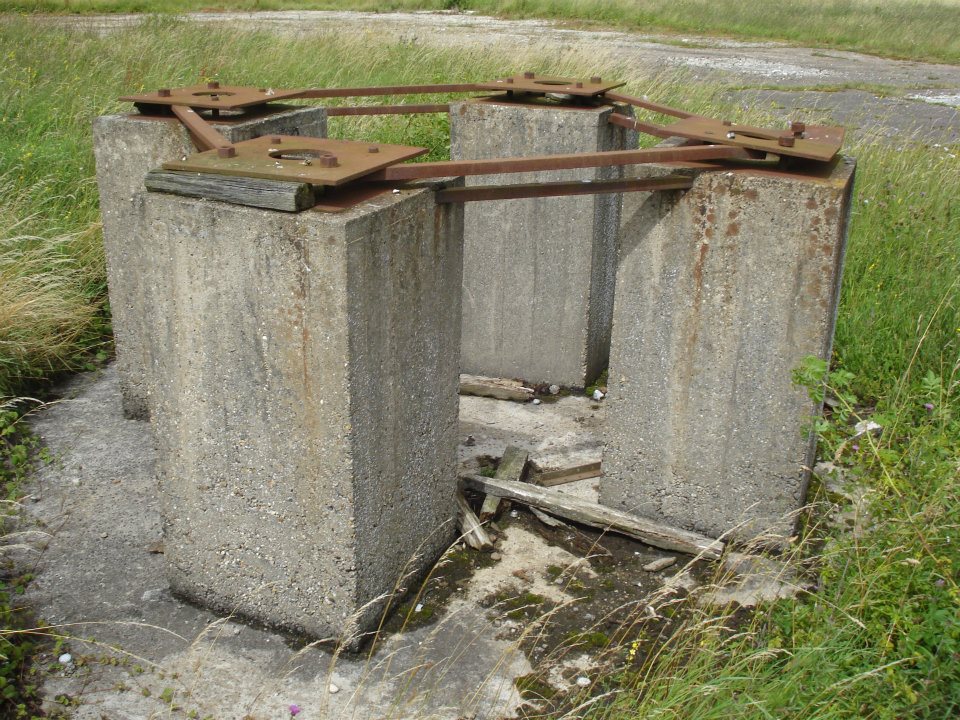
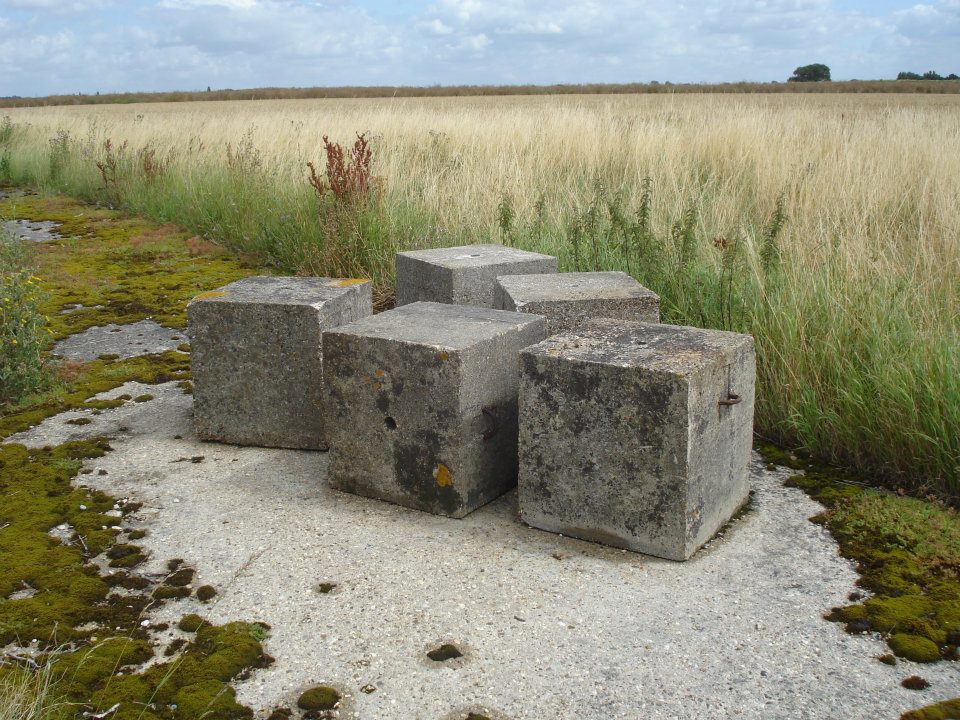
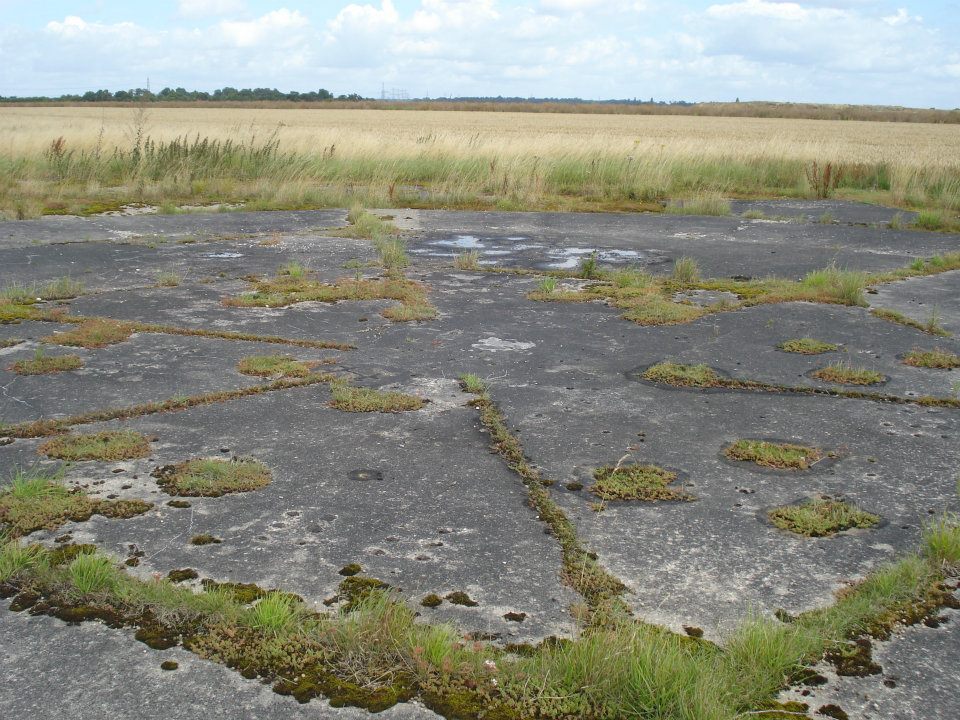
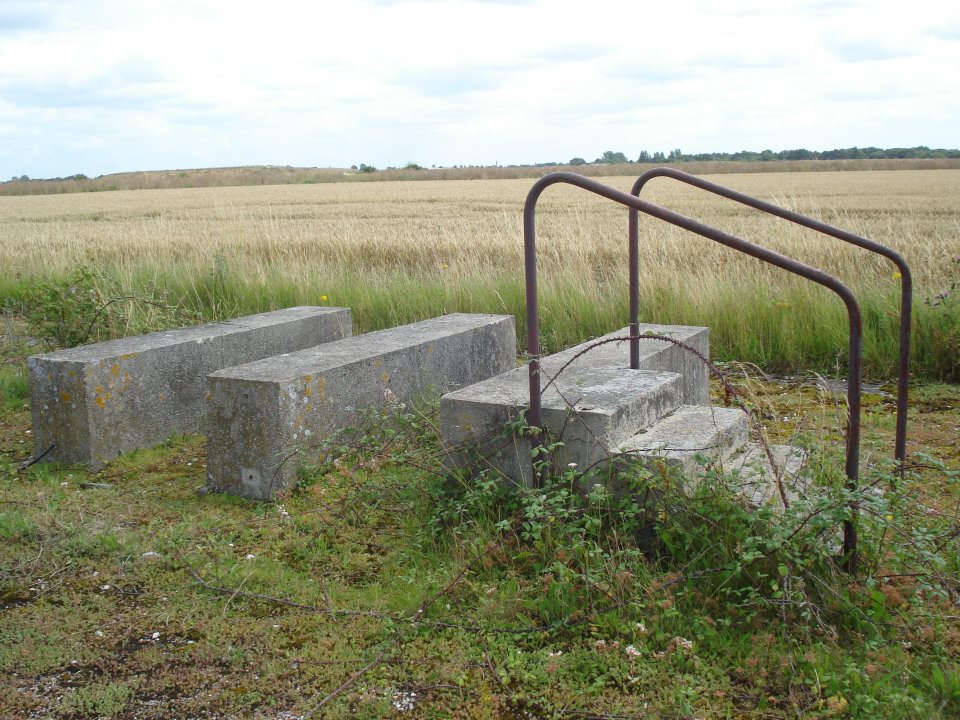
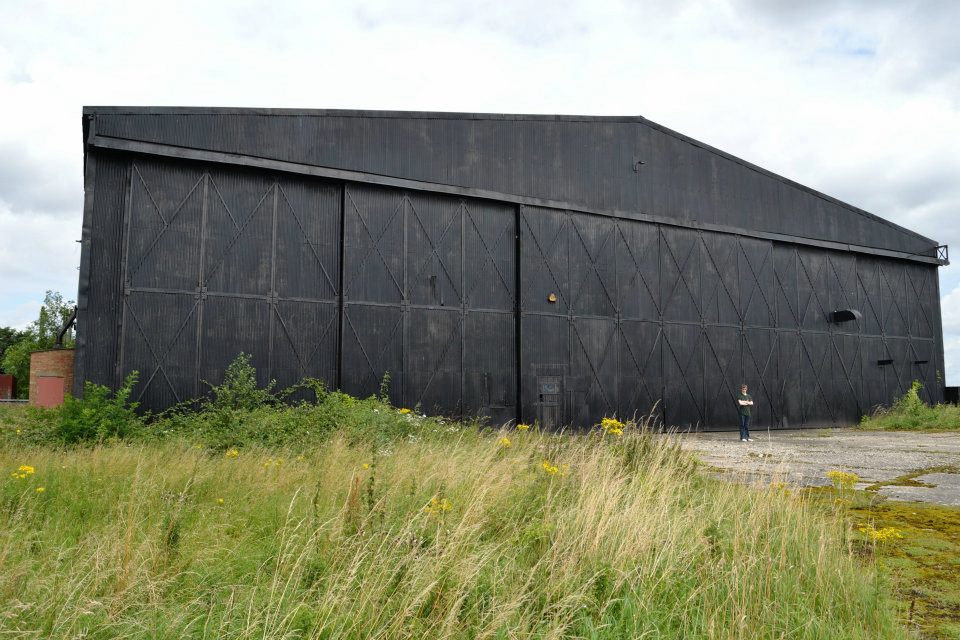

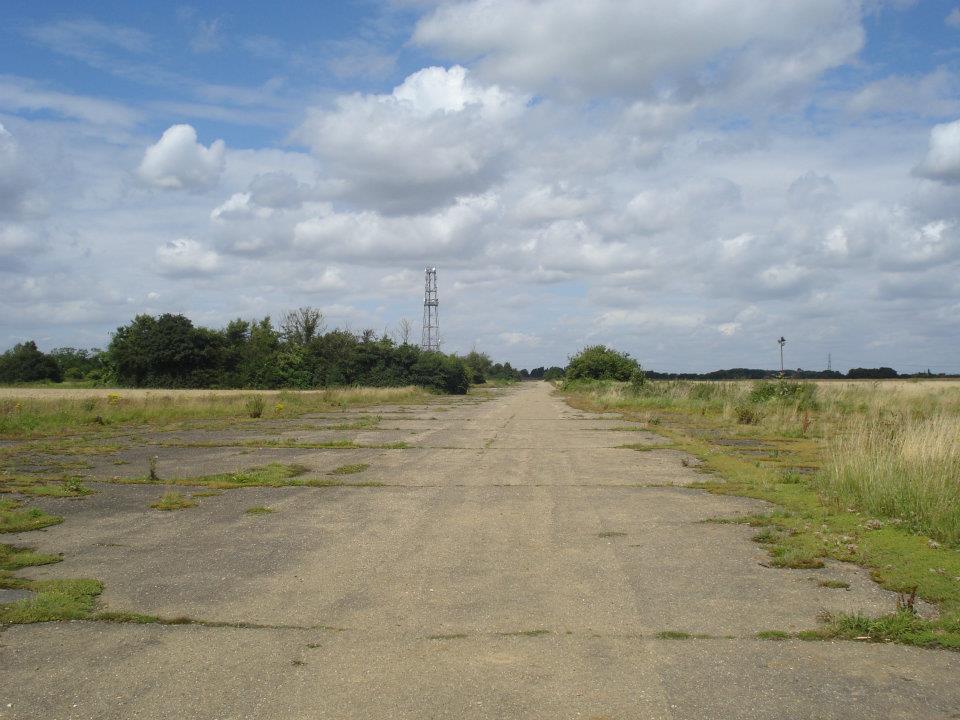
Dispersed Camp – 2019
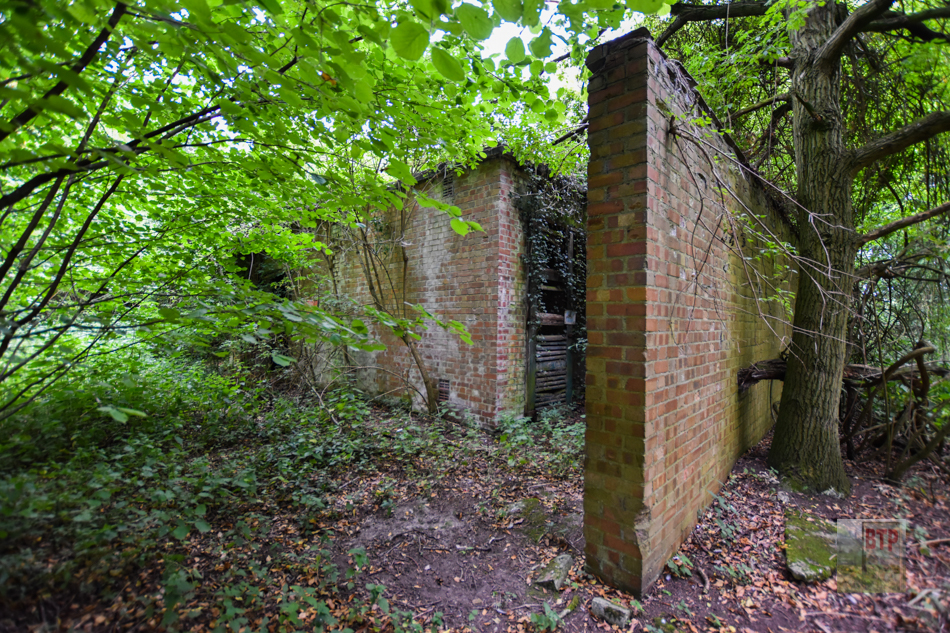
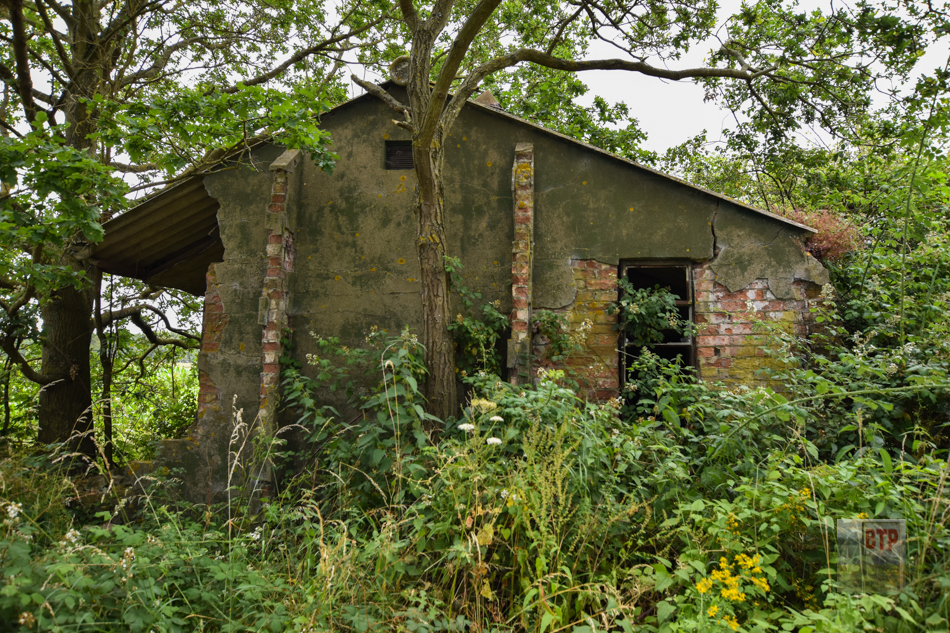
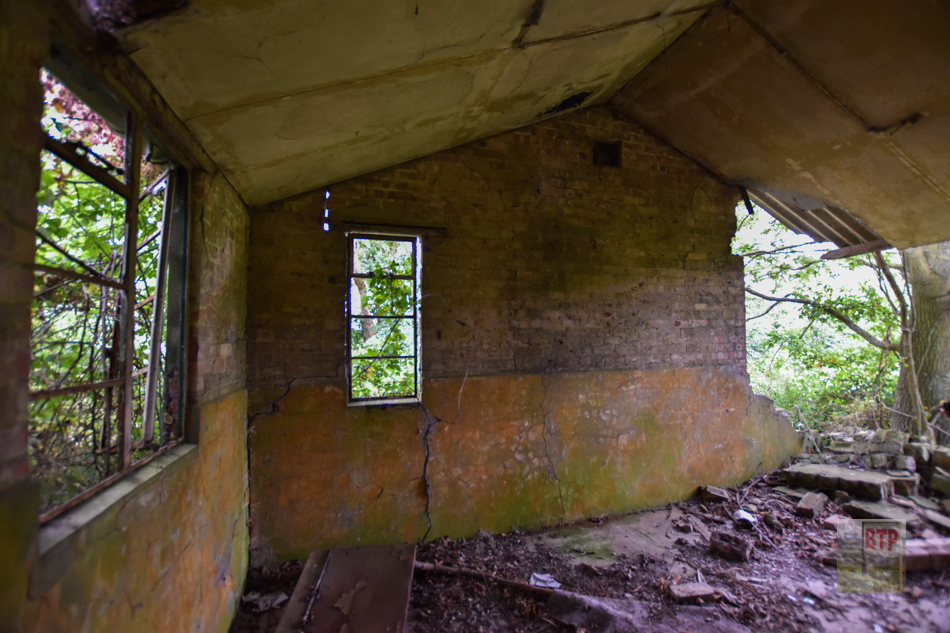
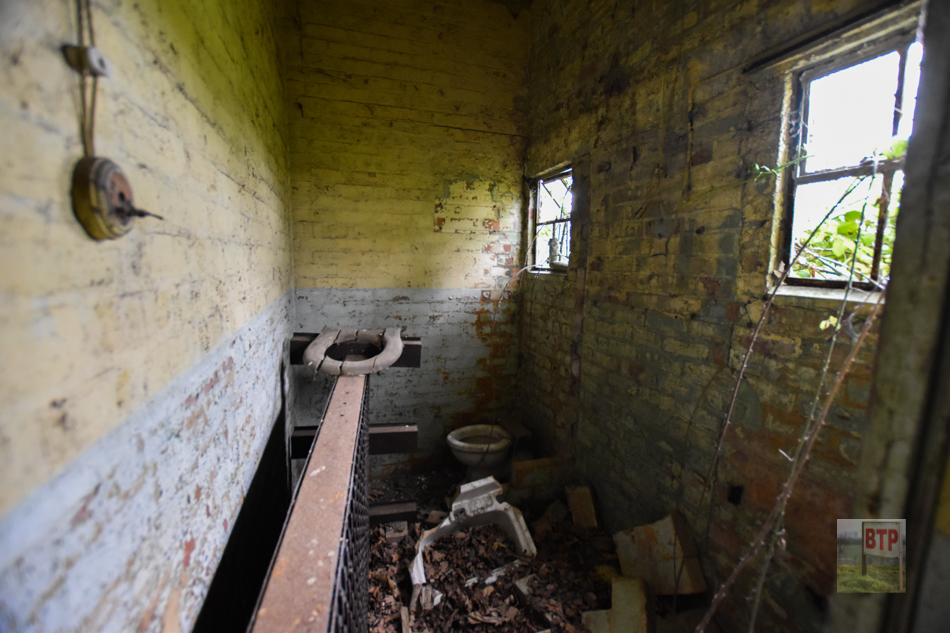
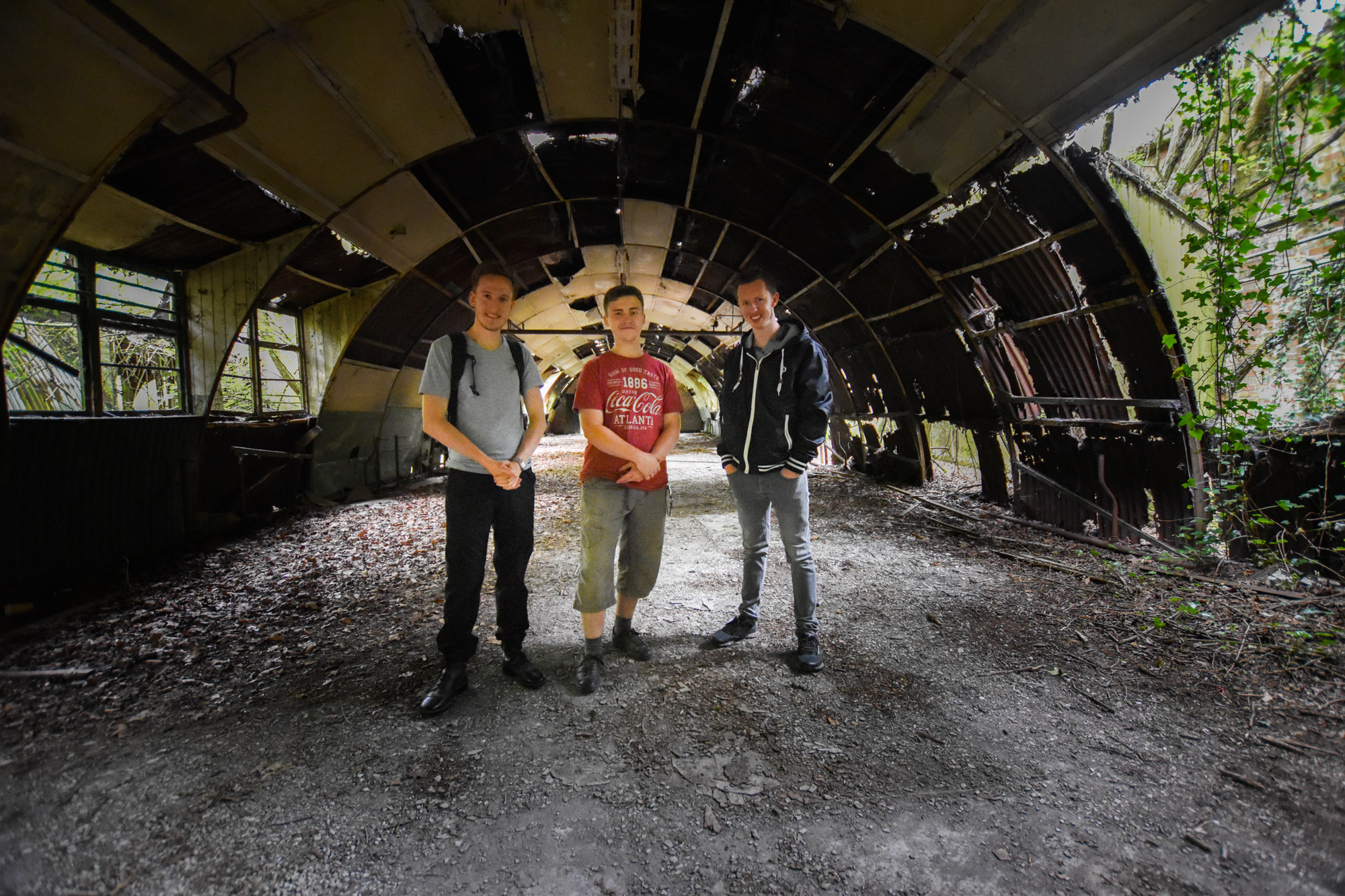
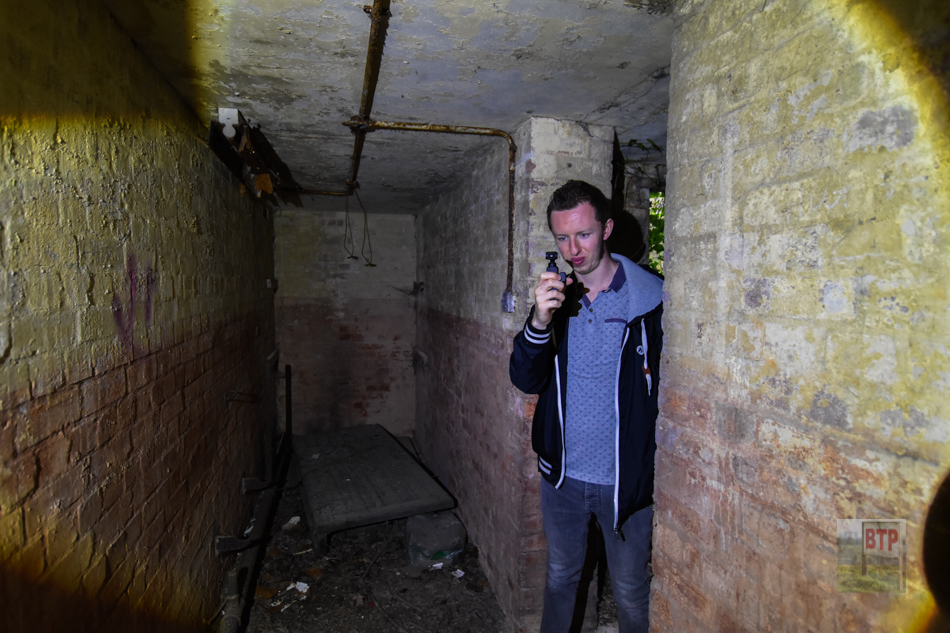
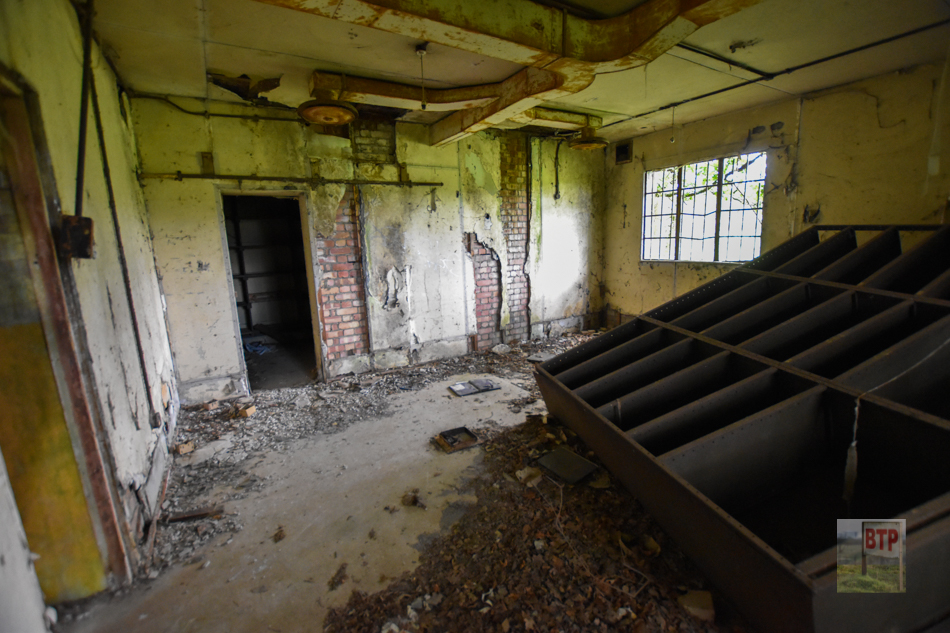
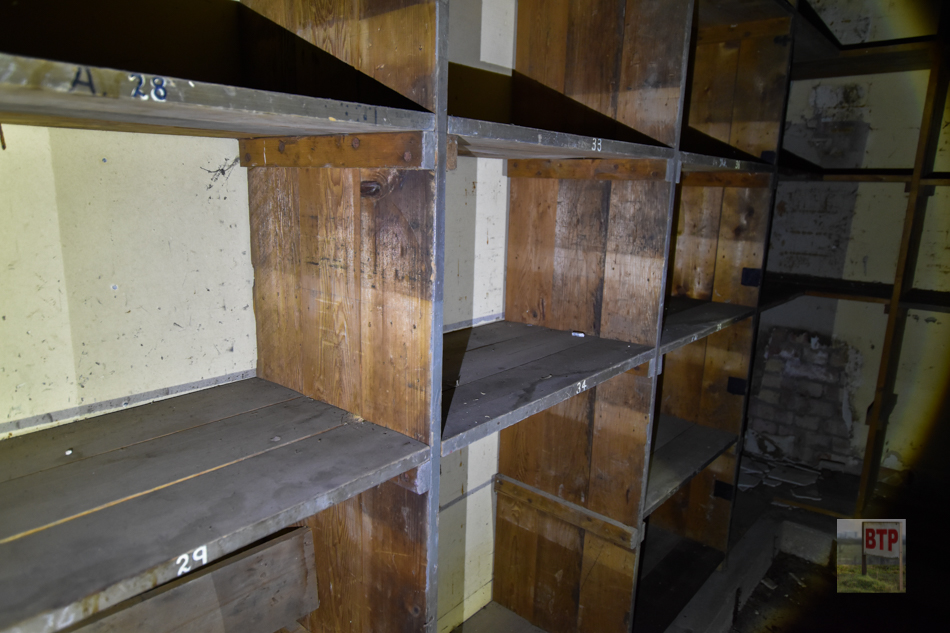
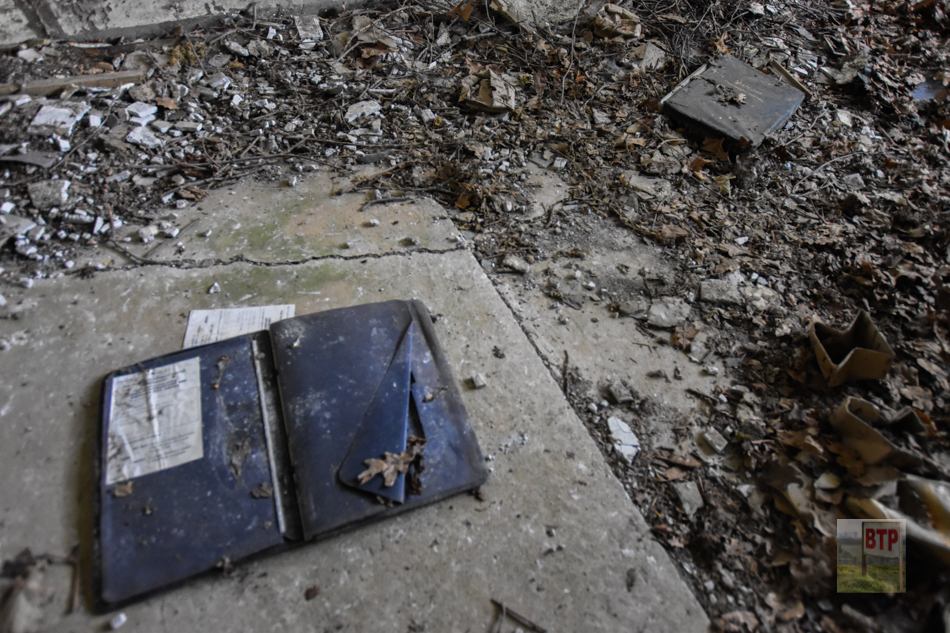
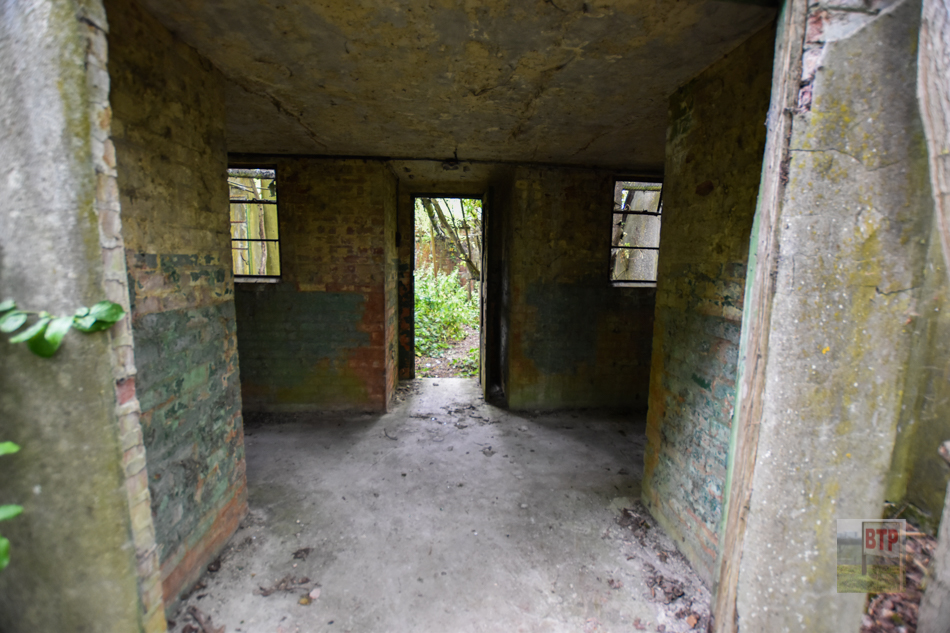
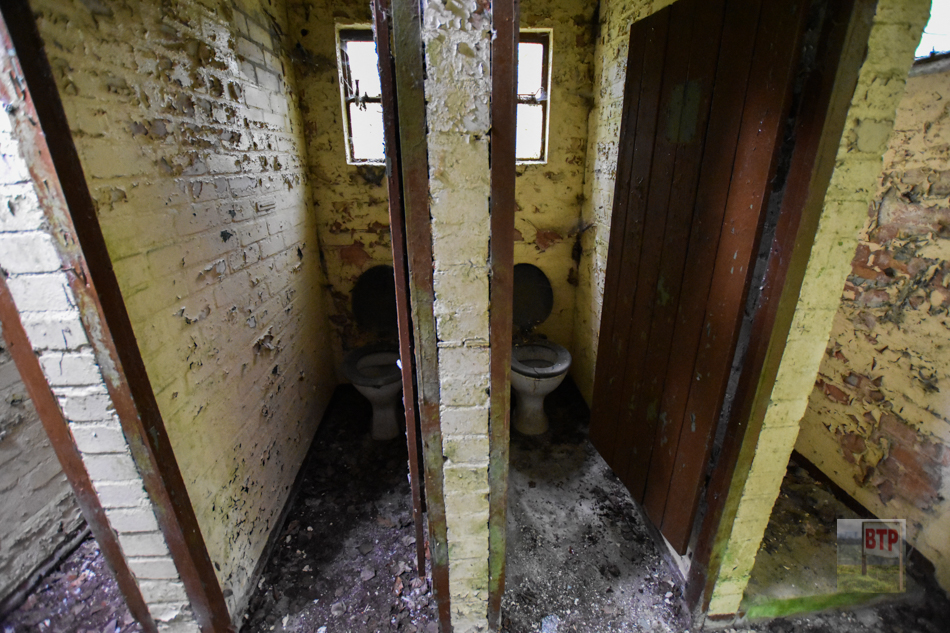
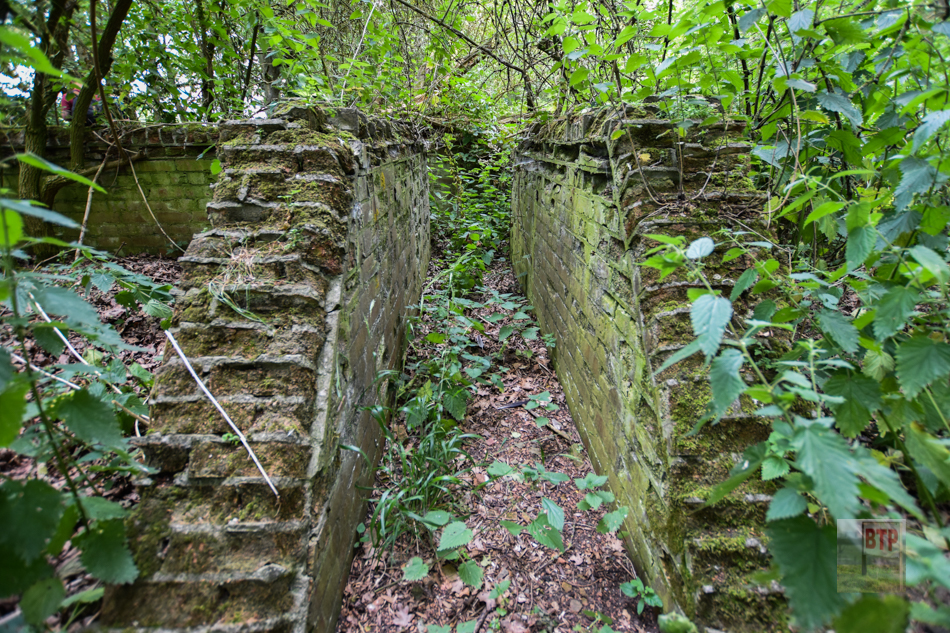
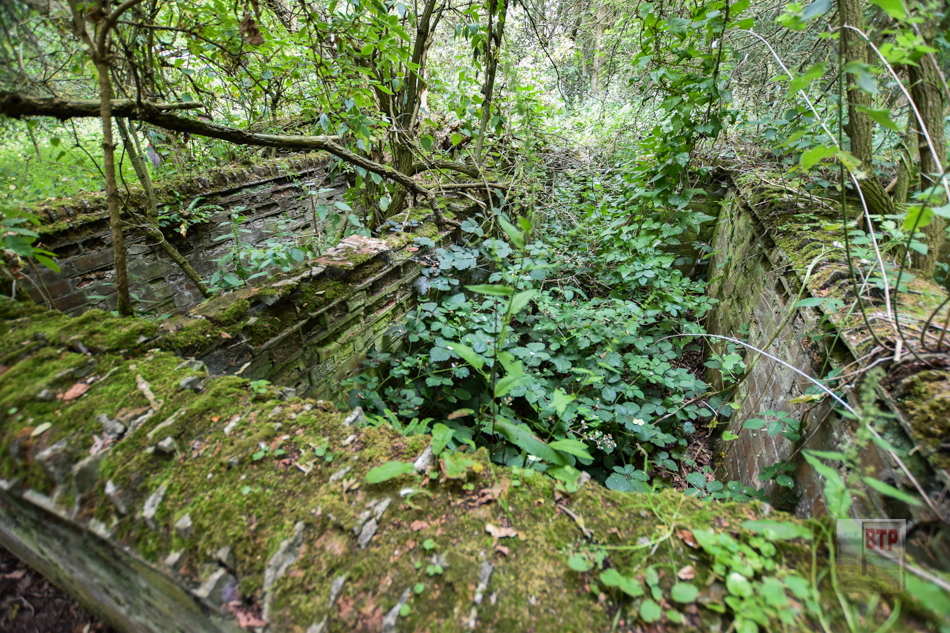
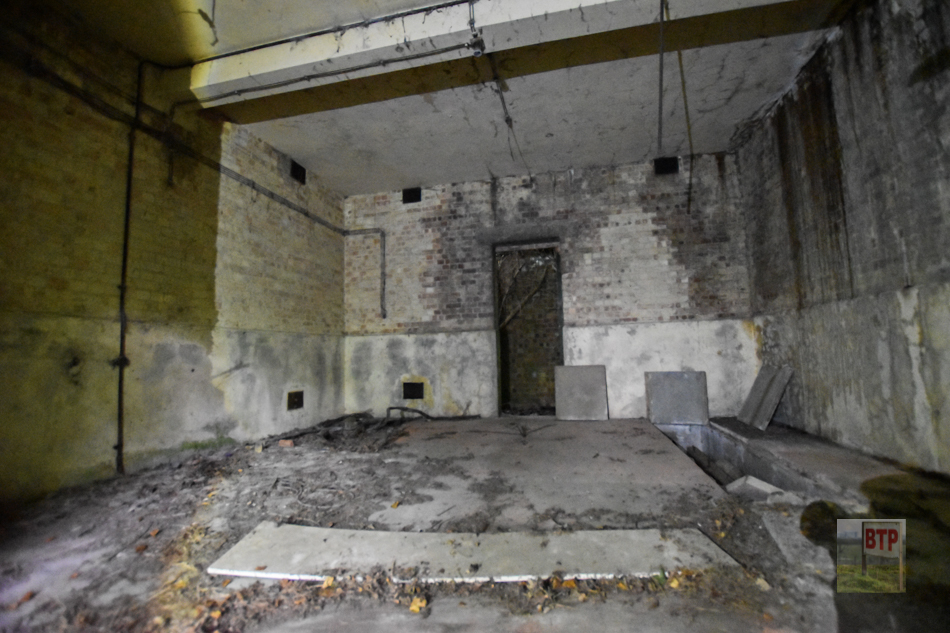
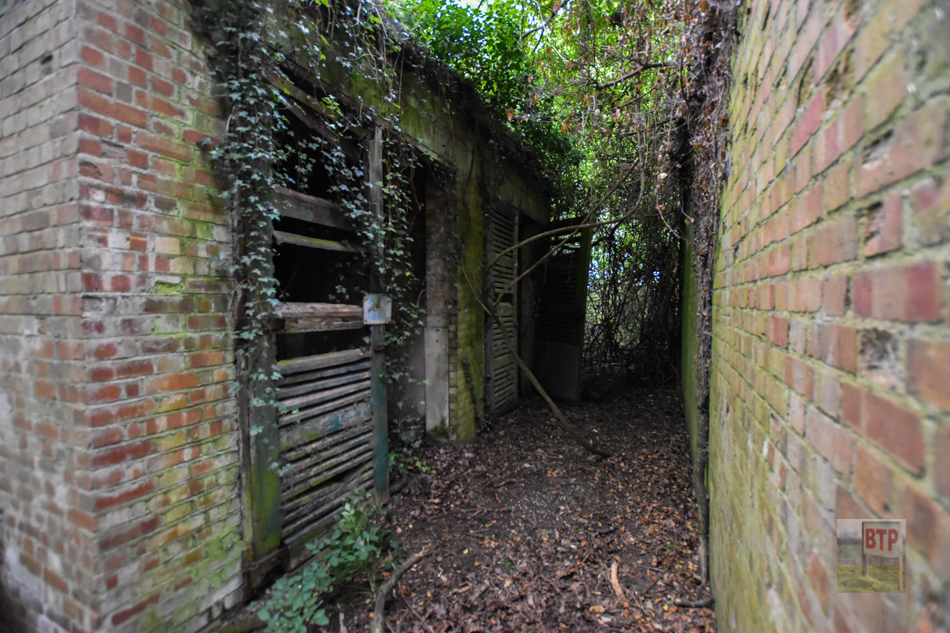
2019 Drone Photos
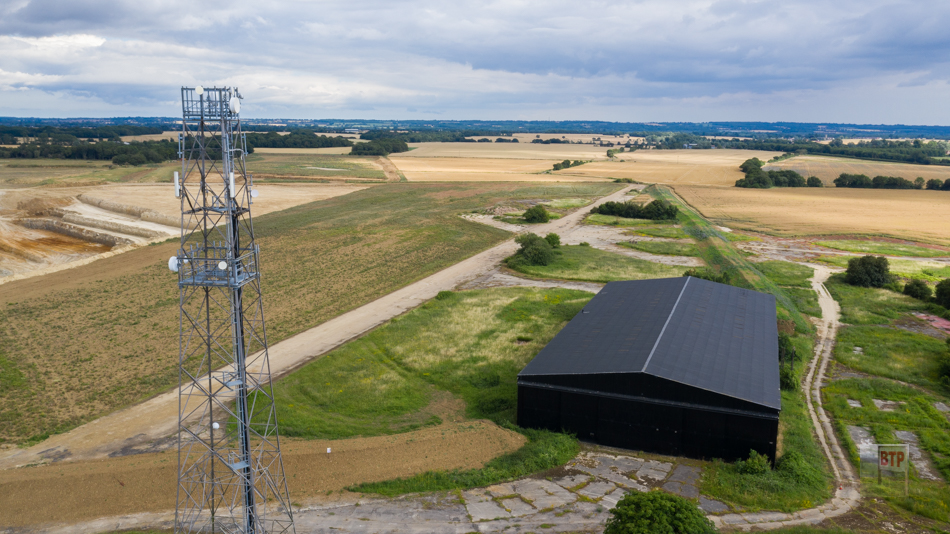
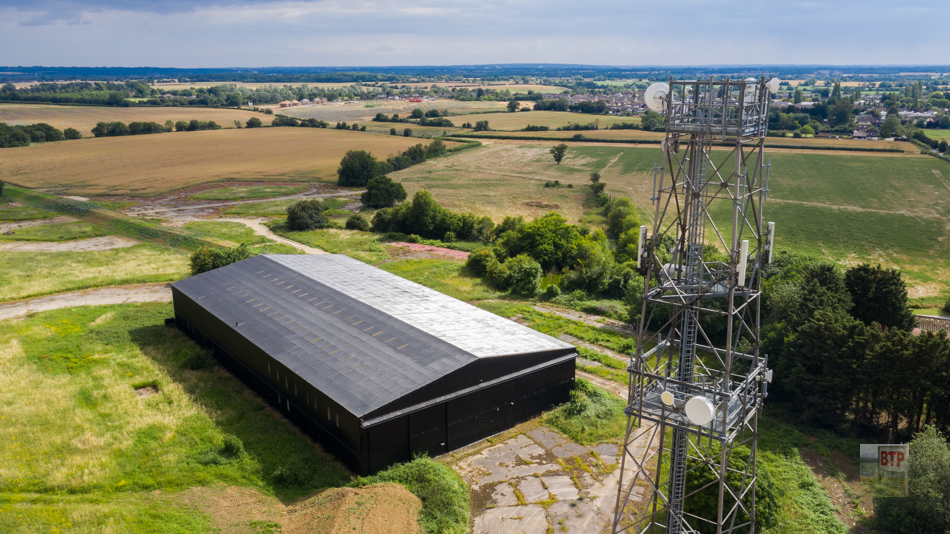
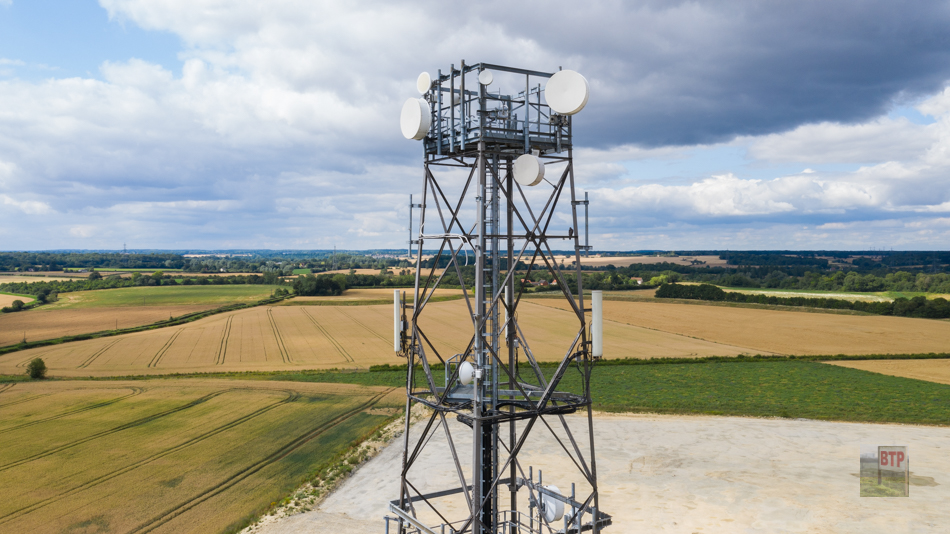
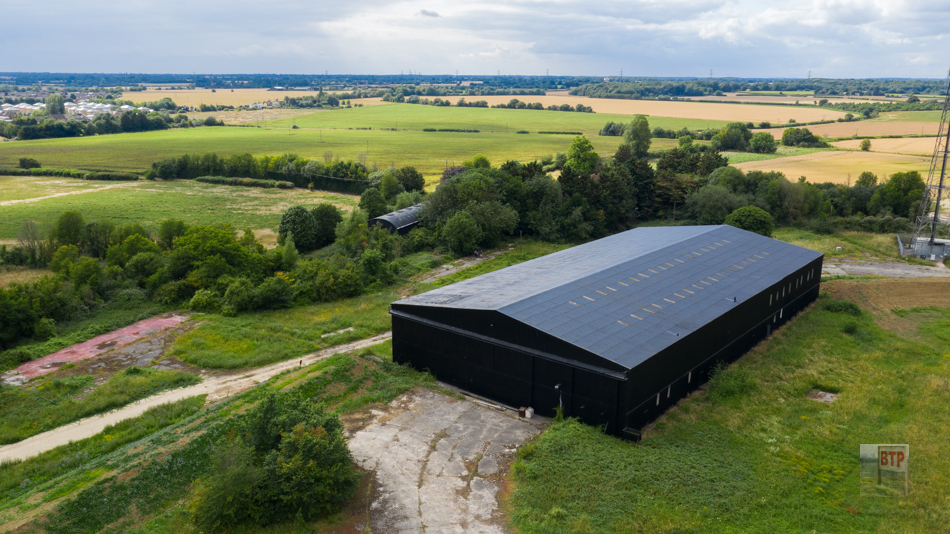
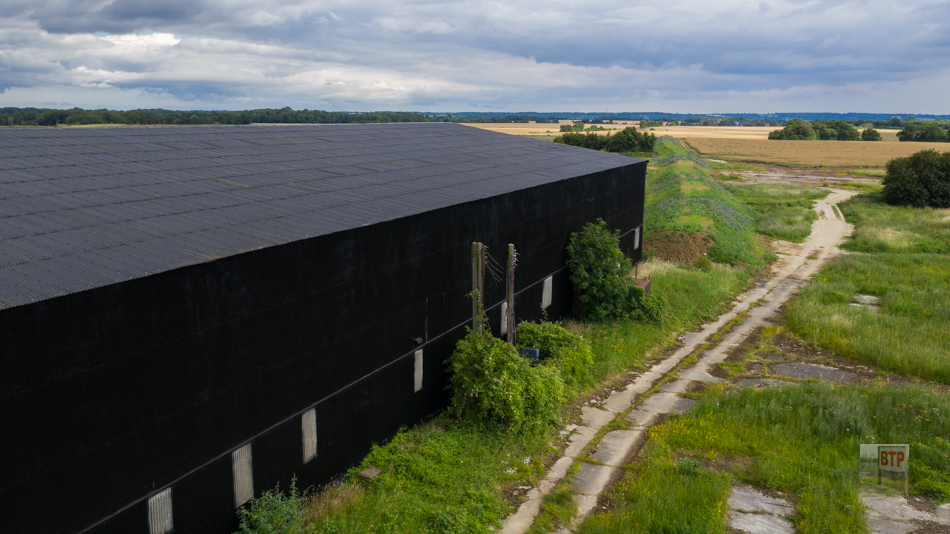
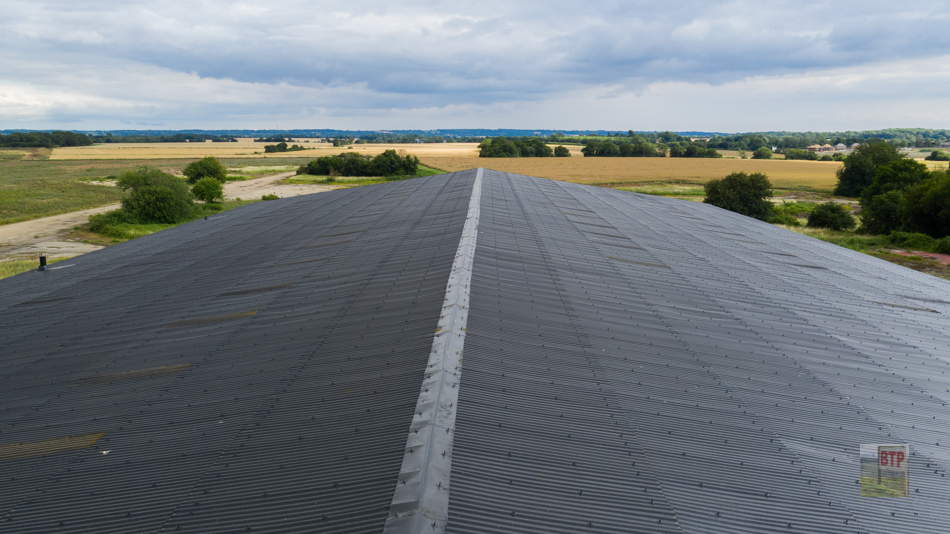
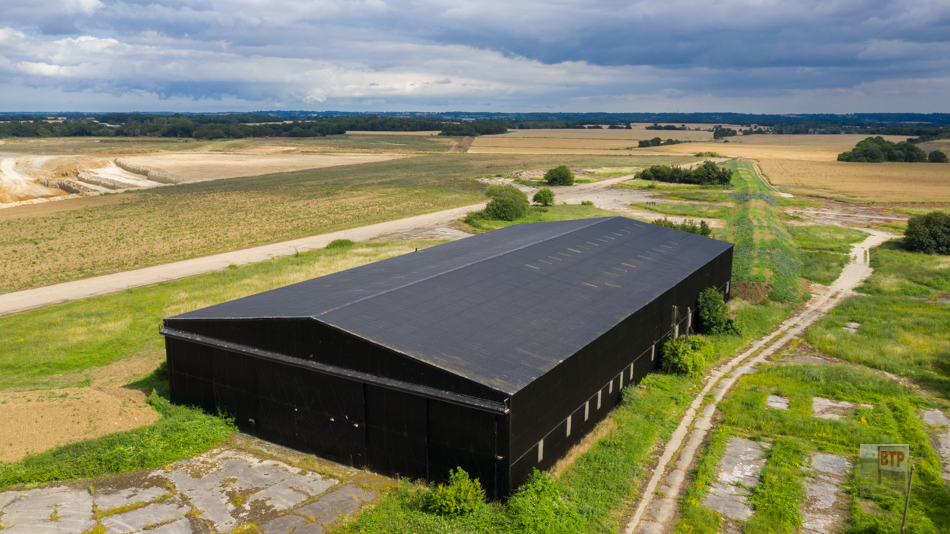
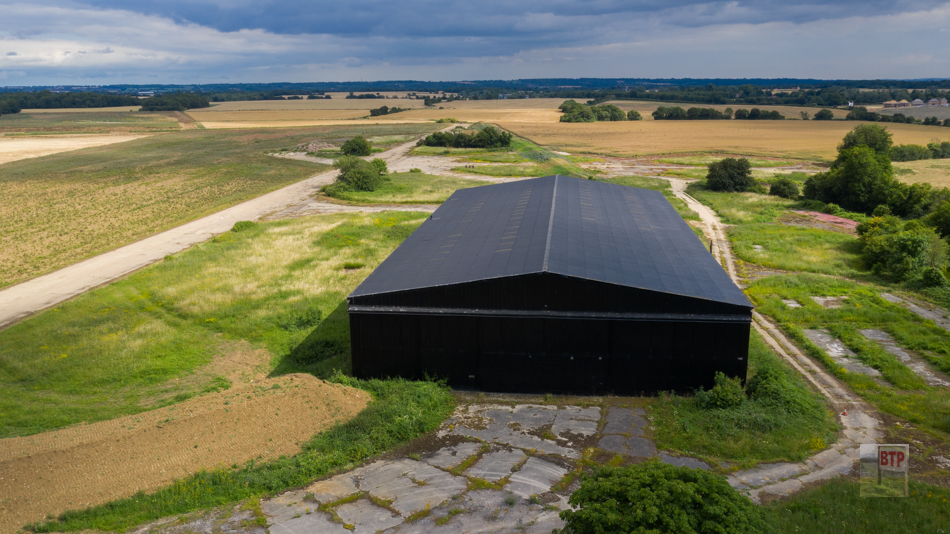
Flight Stores – 2021
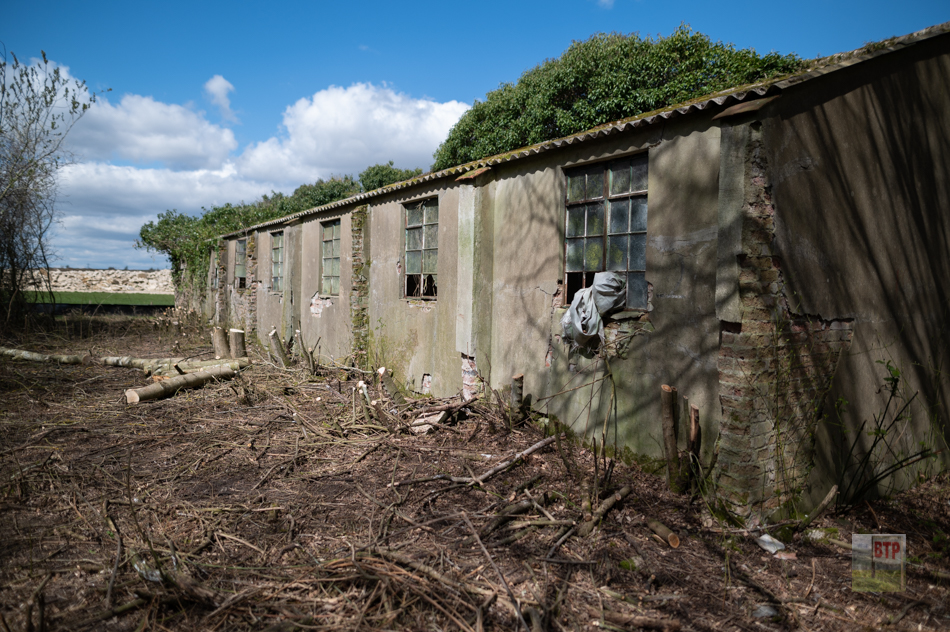
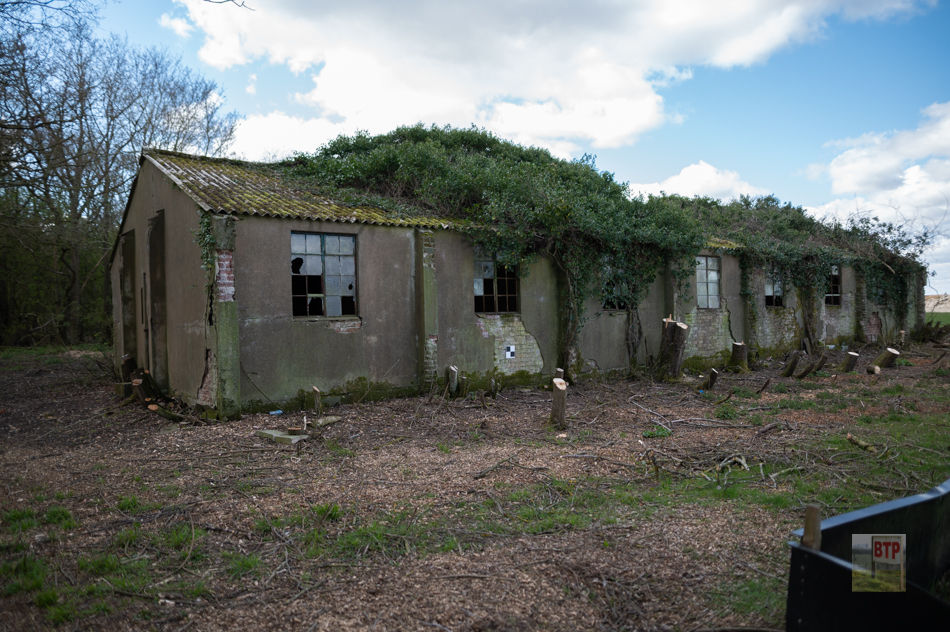
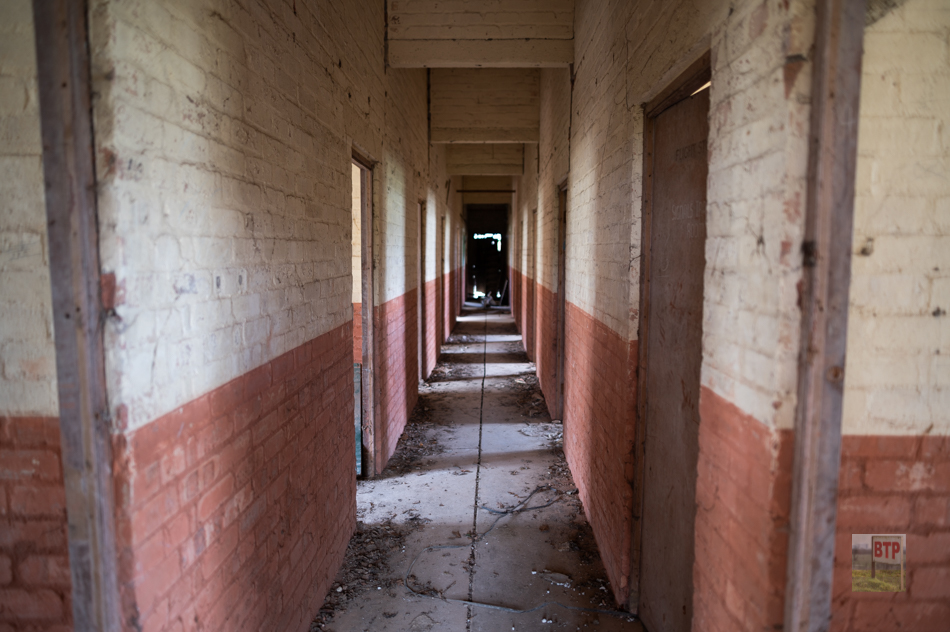

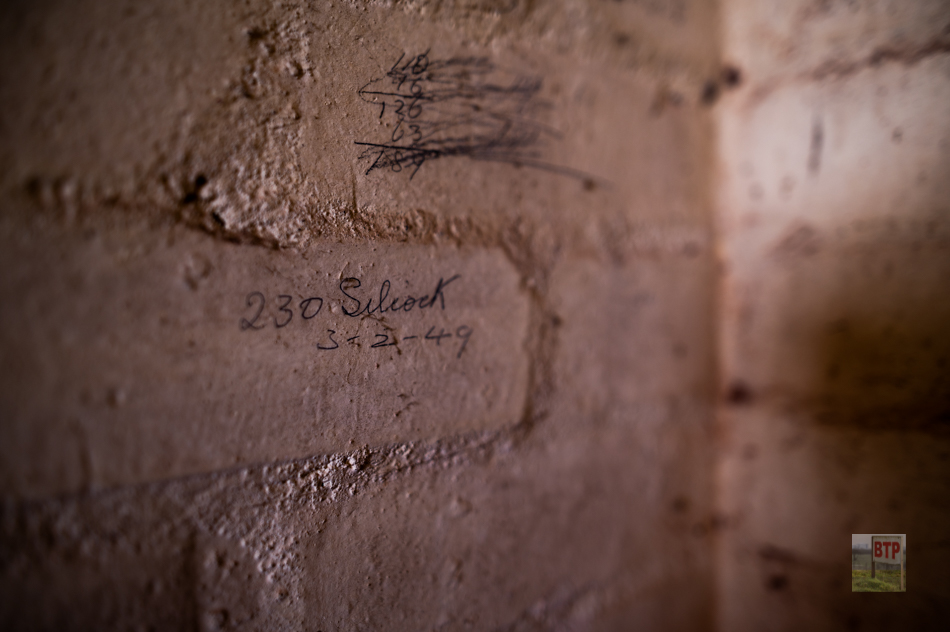
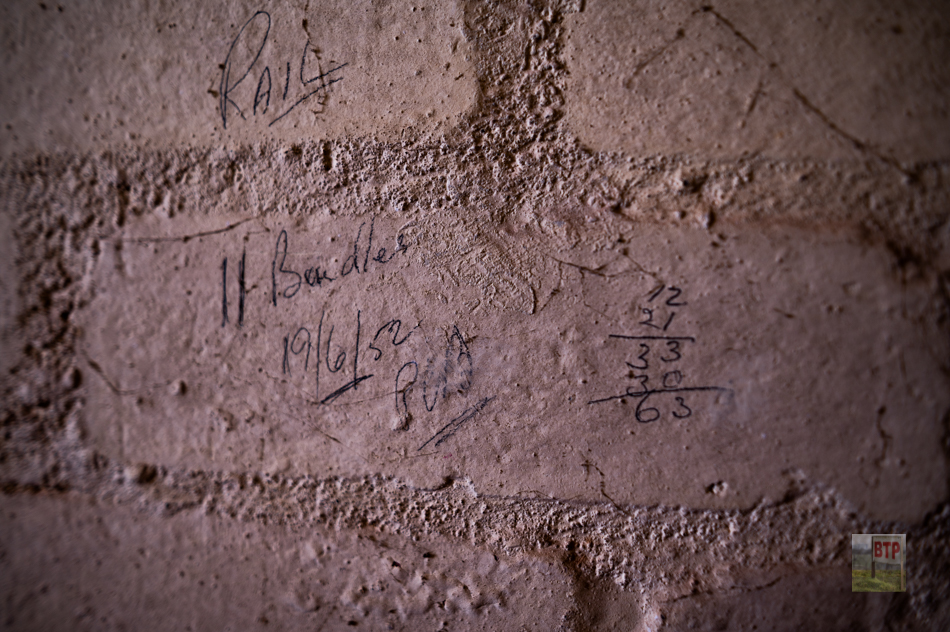
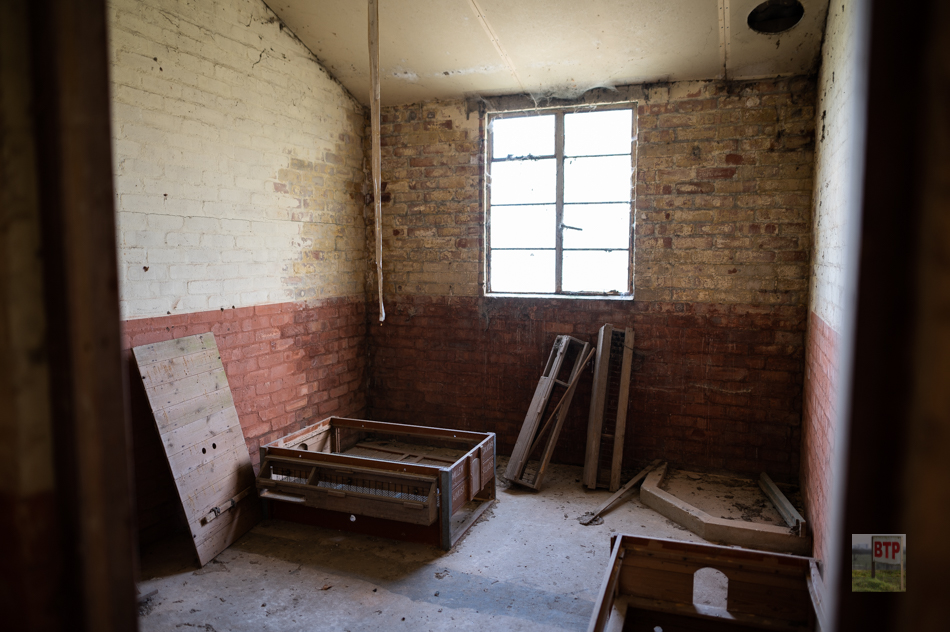
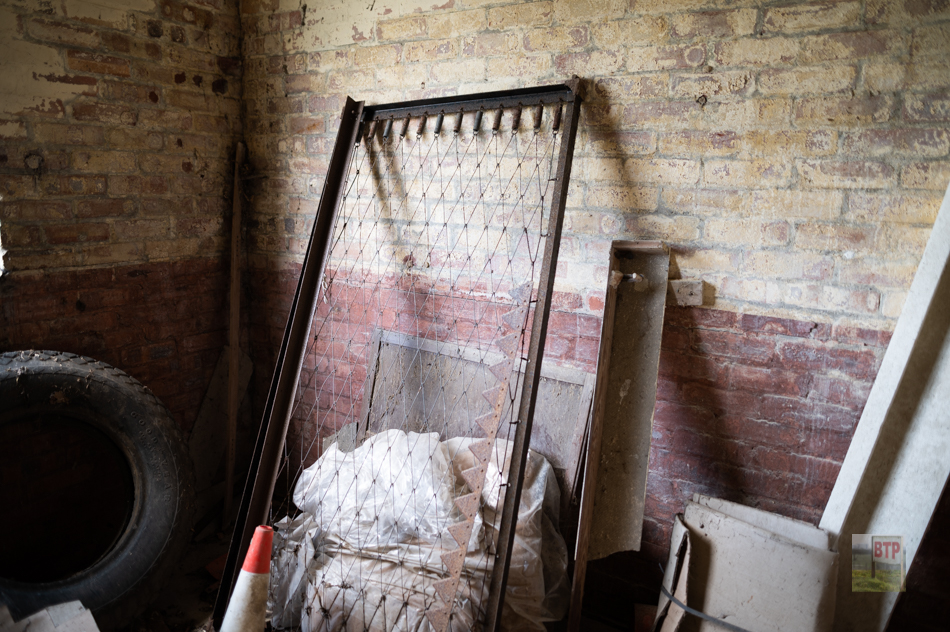
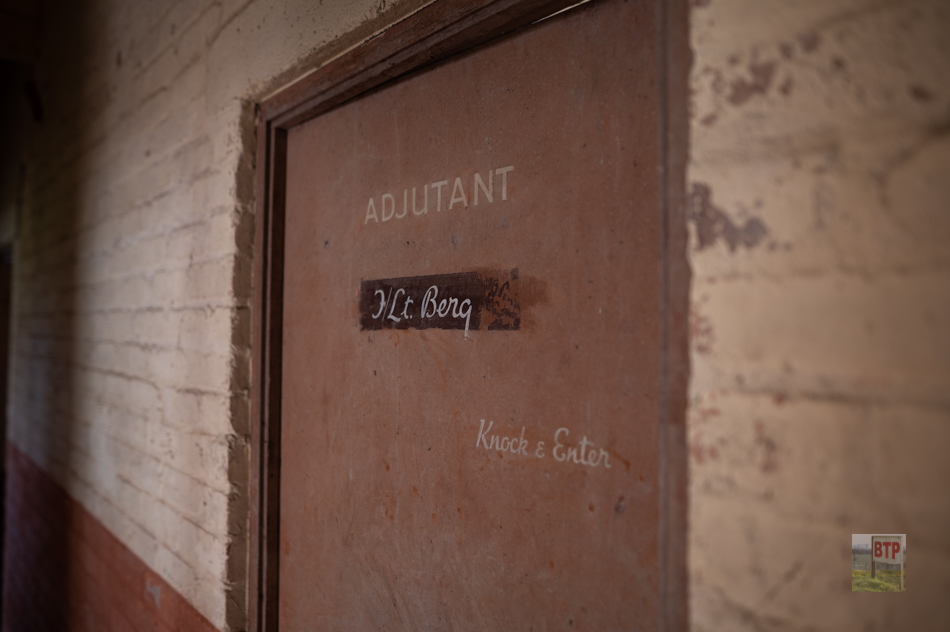
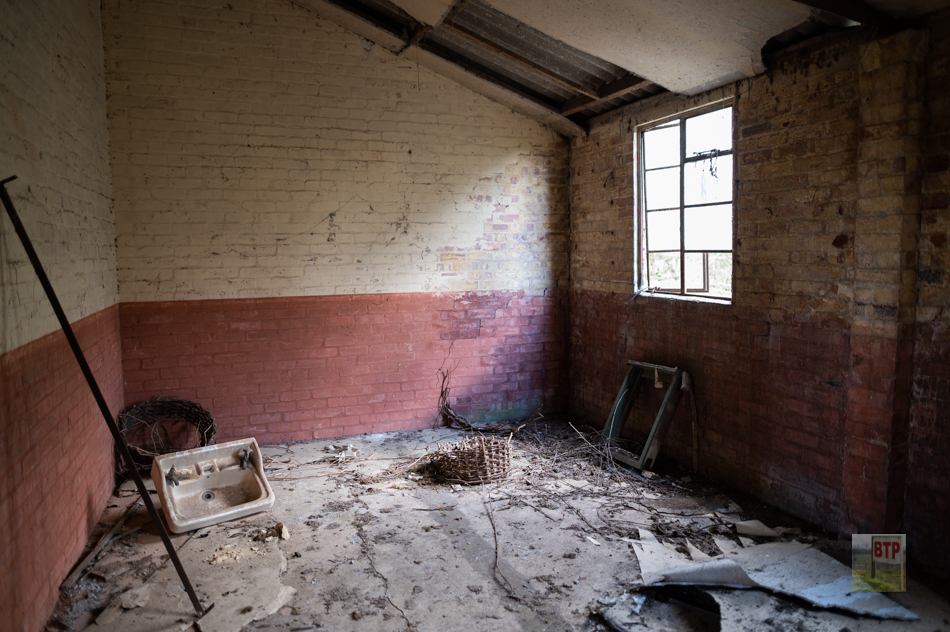
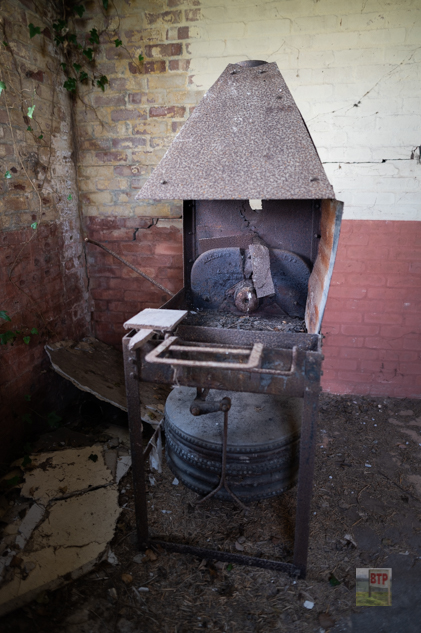
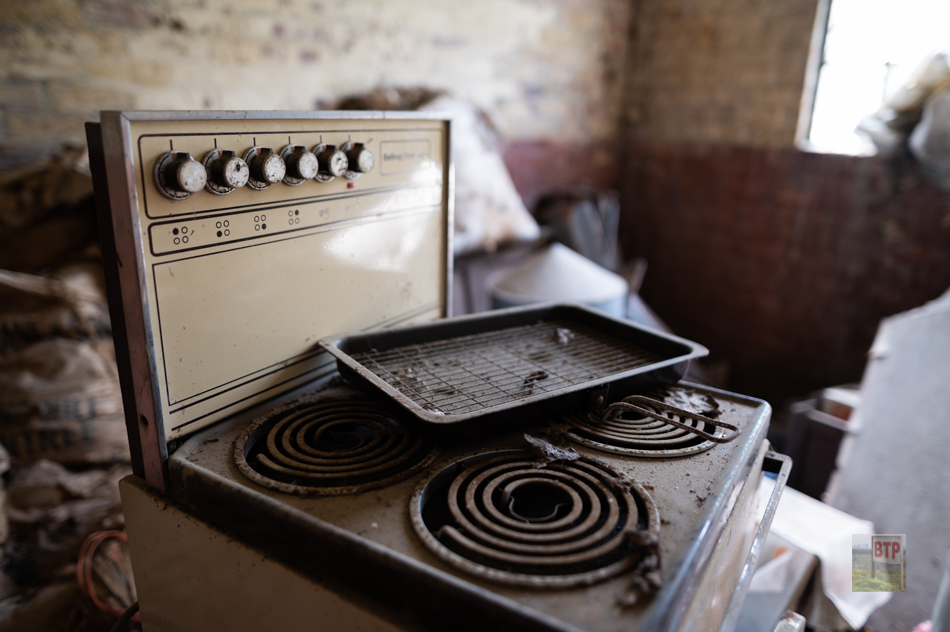
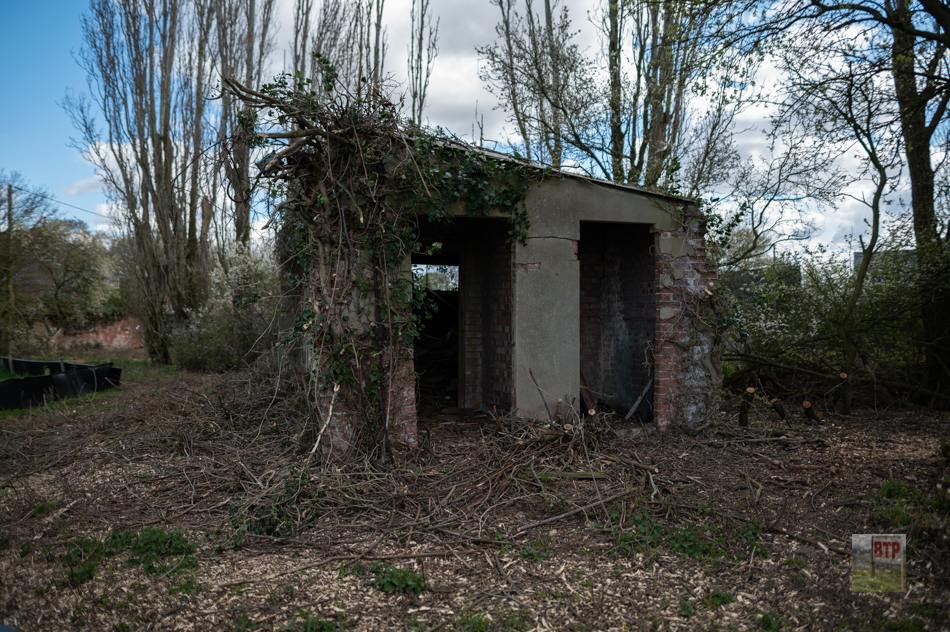
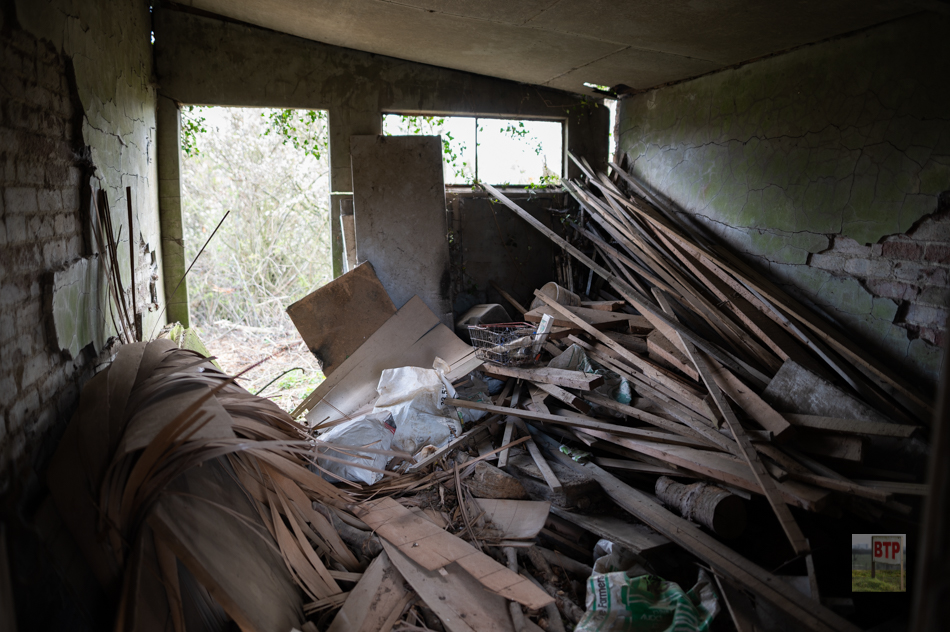
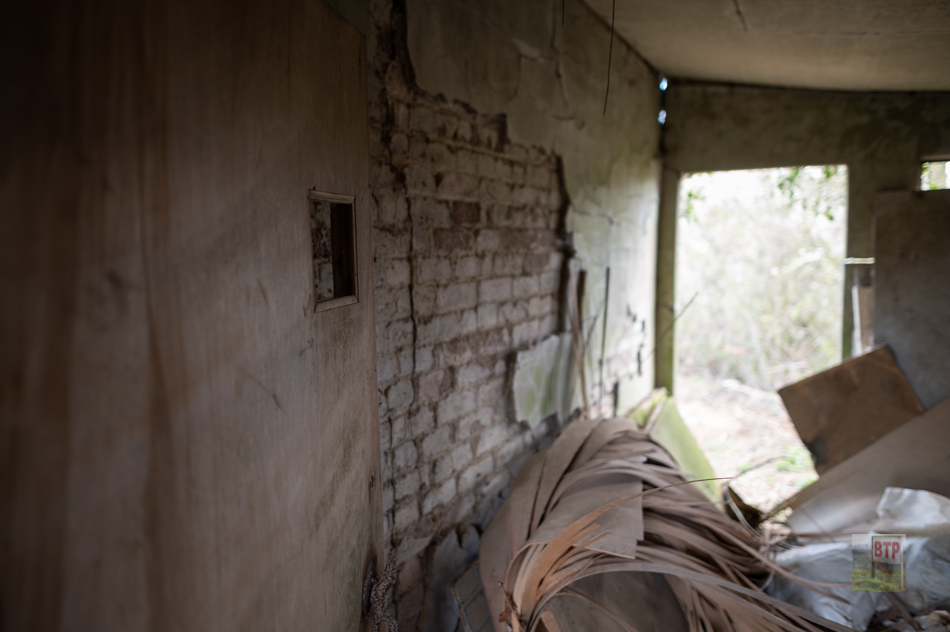
Blast Shelter – 2021
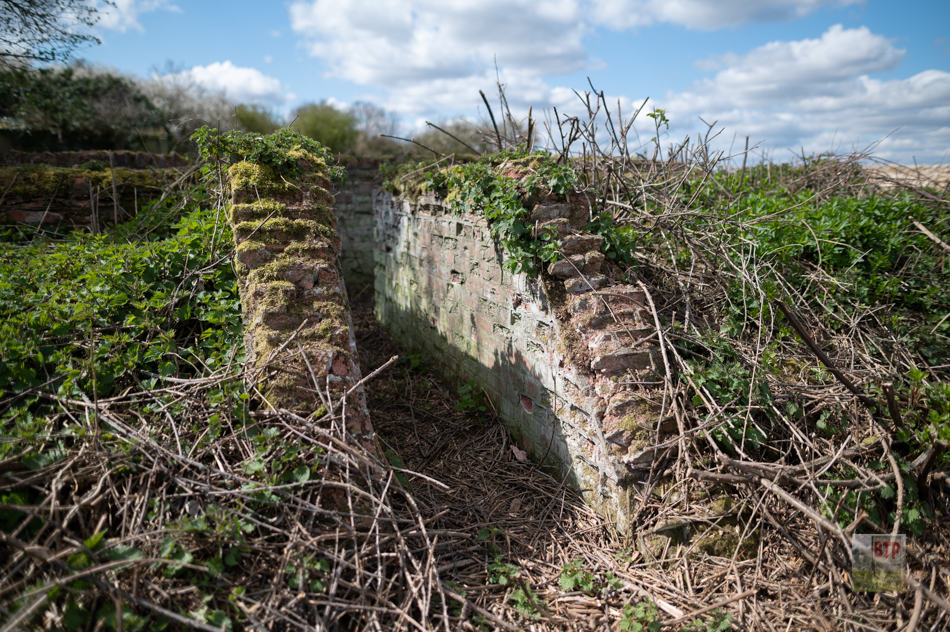
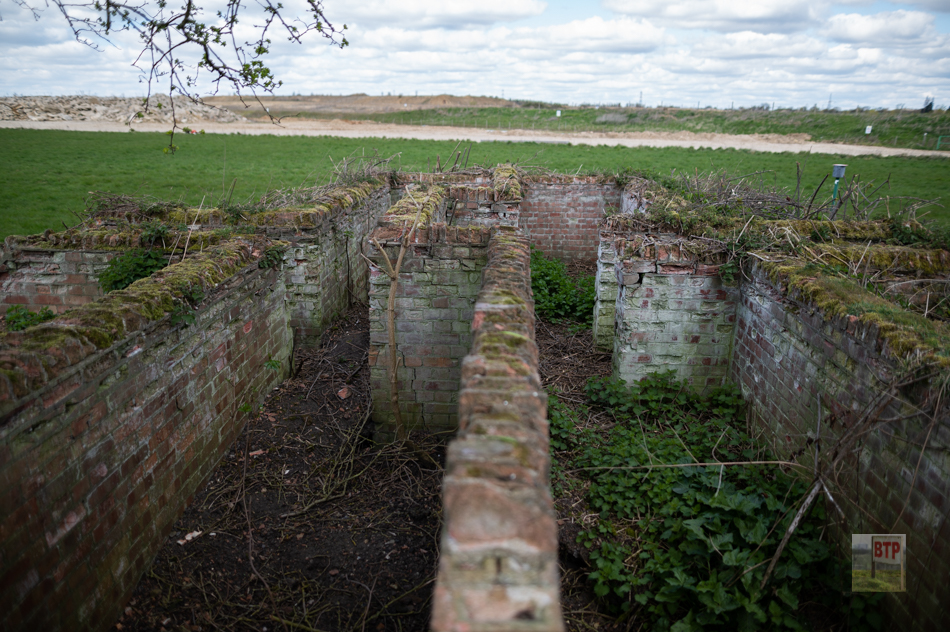
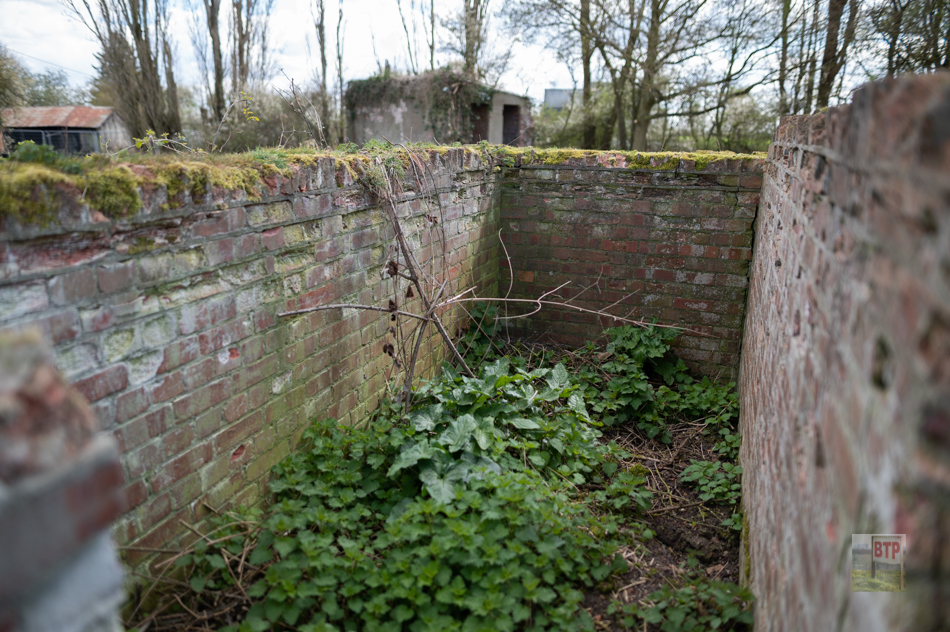
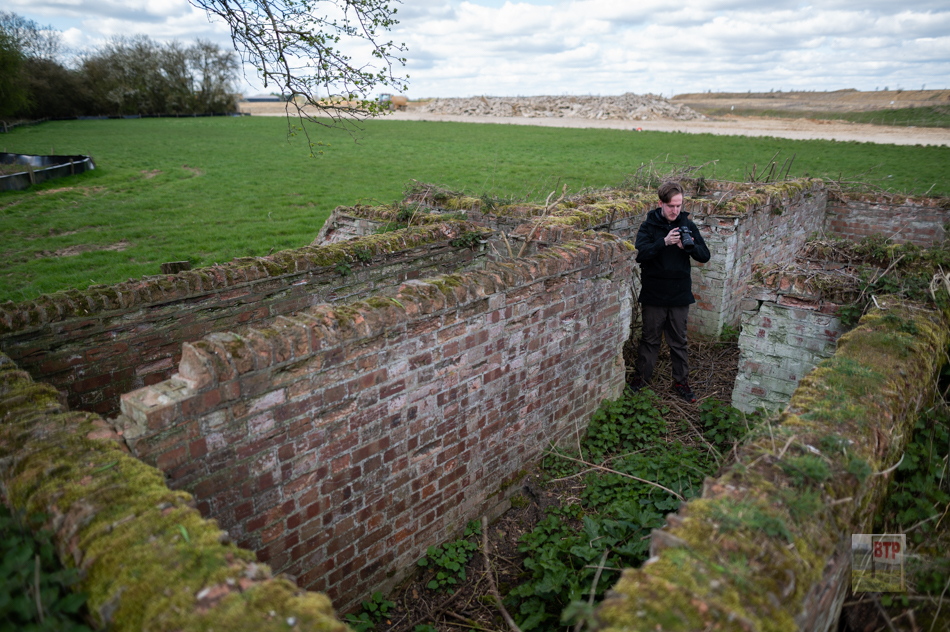
Inside the T2 Hangar – 2022
